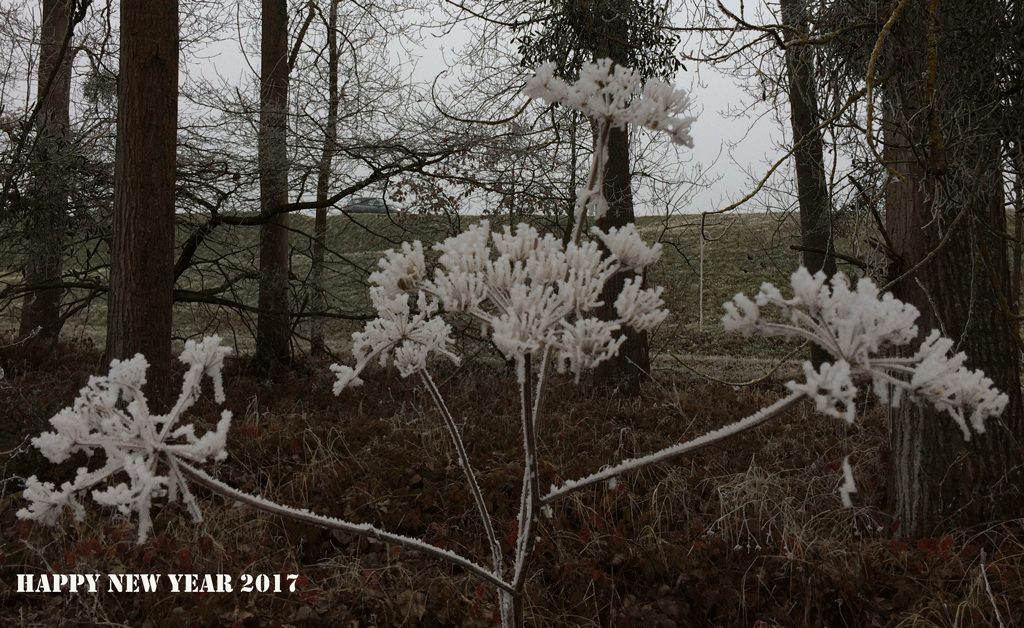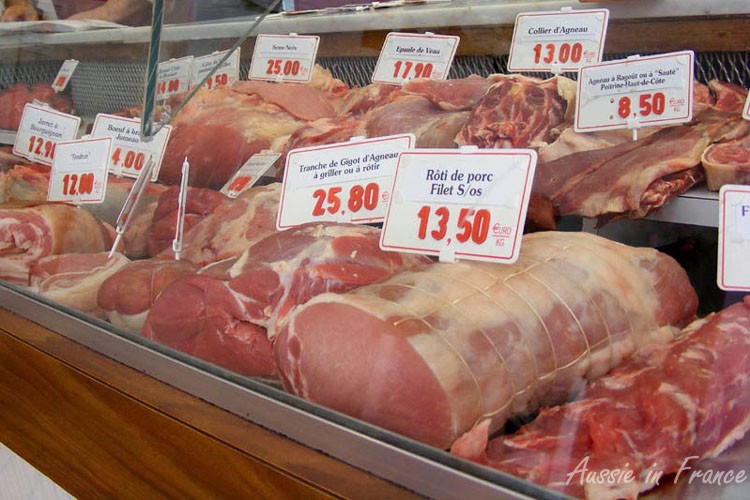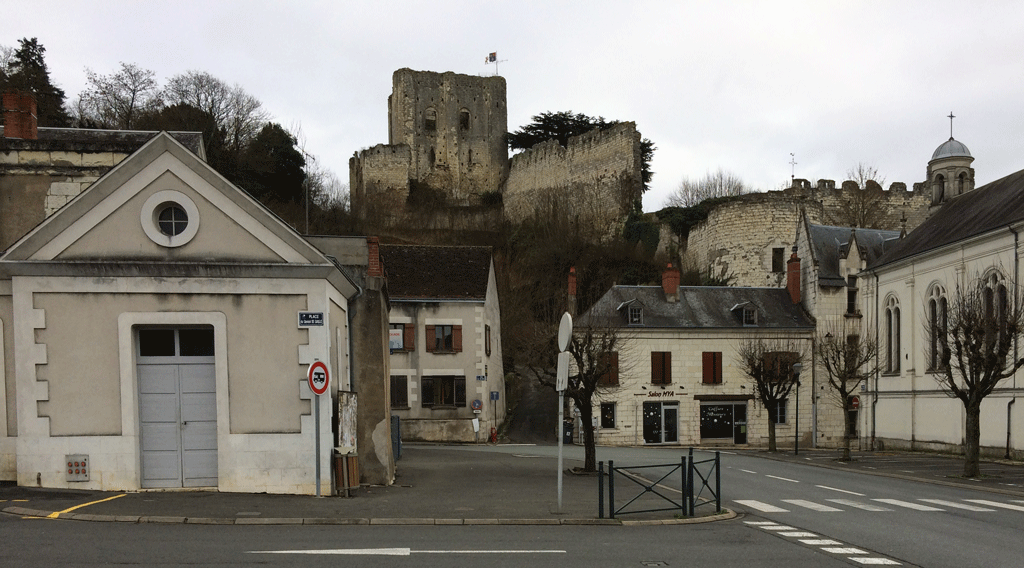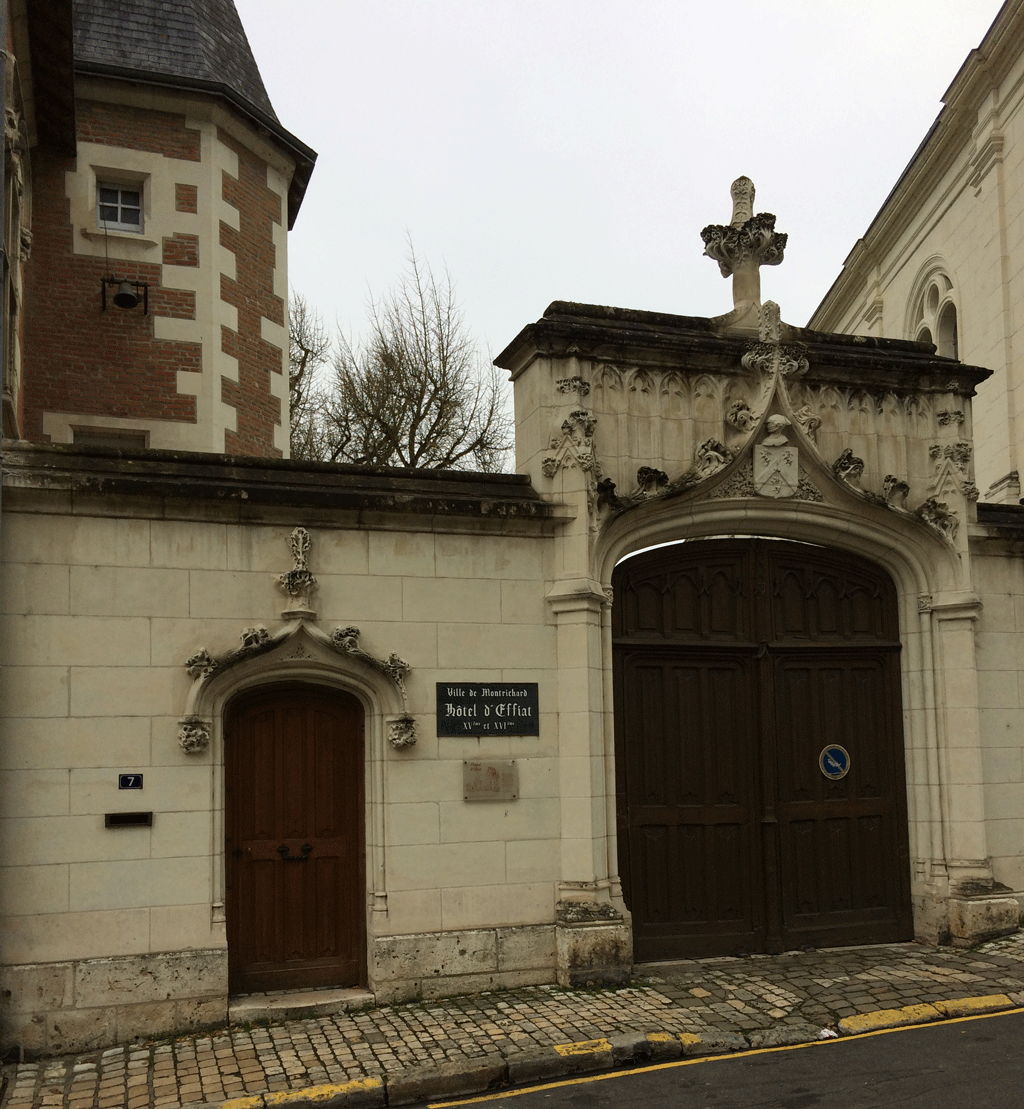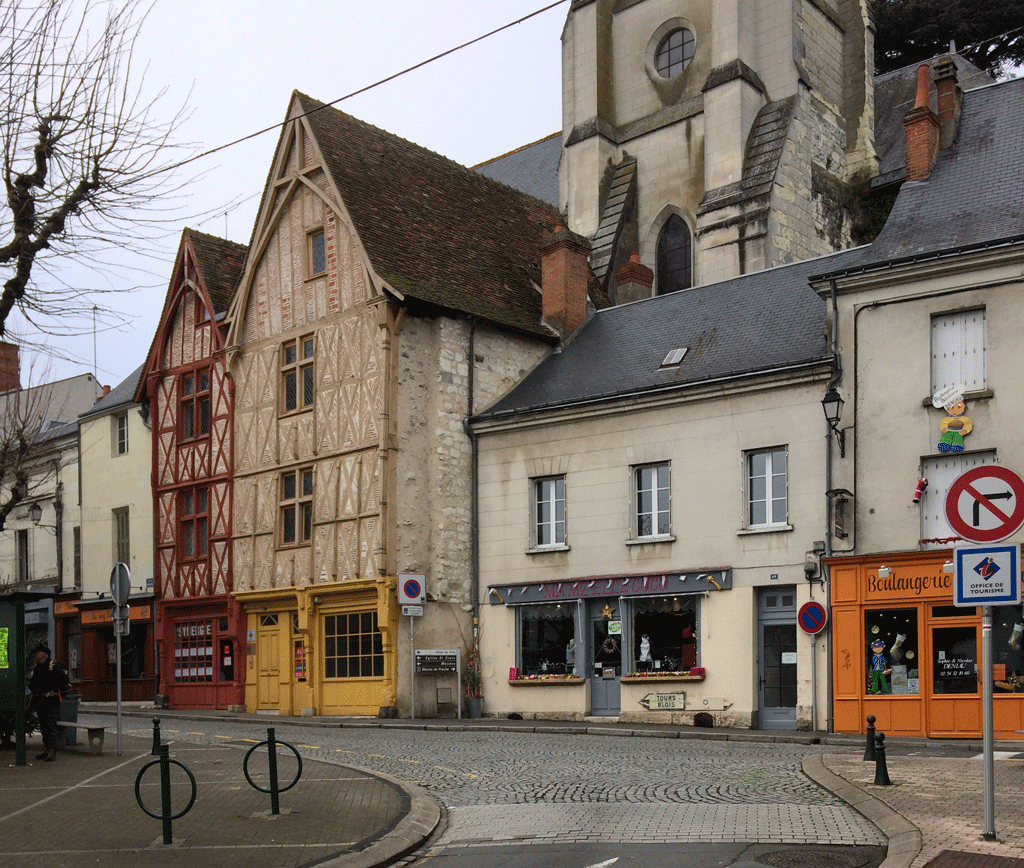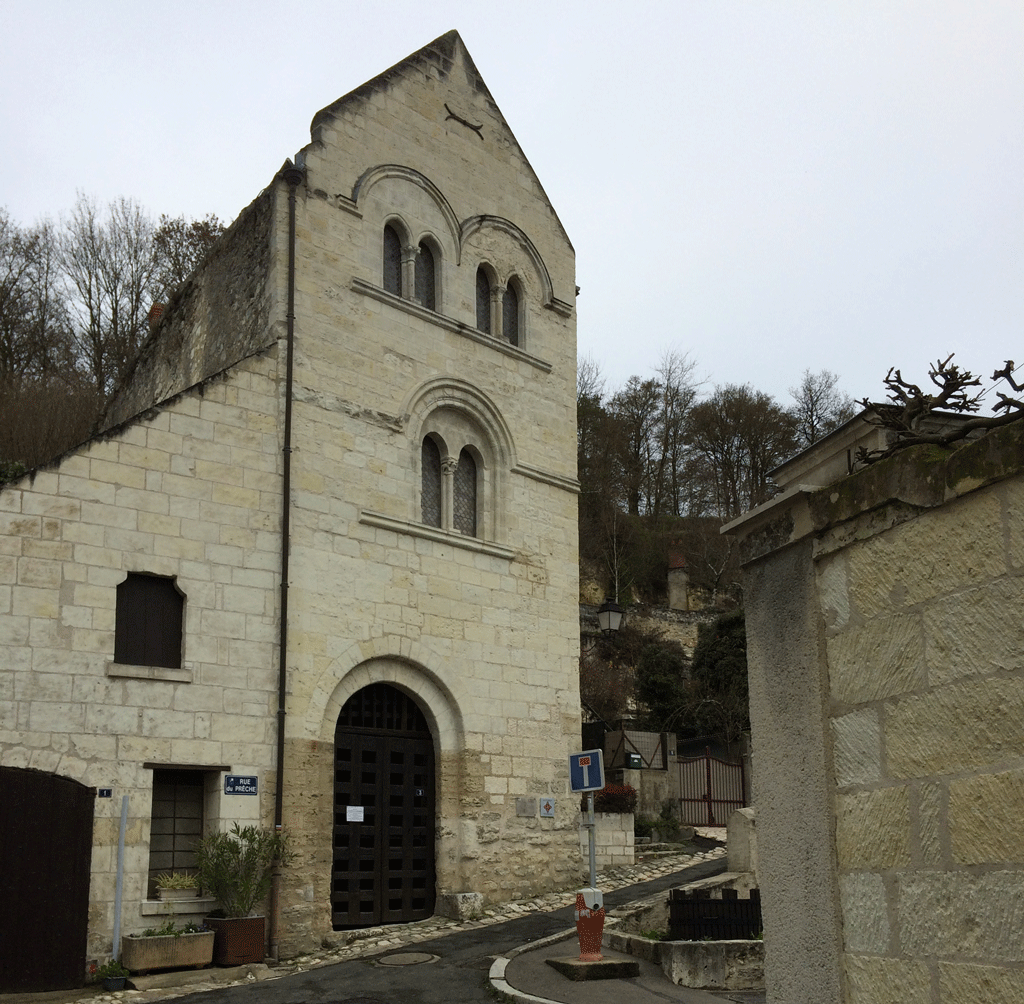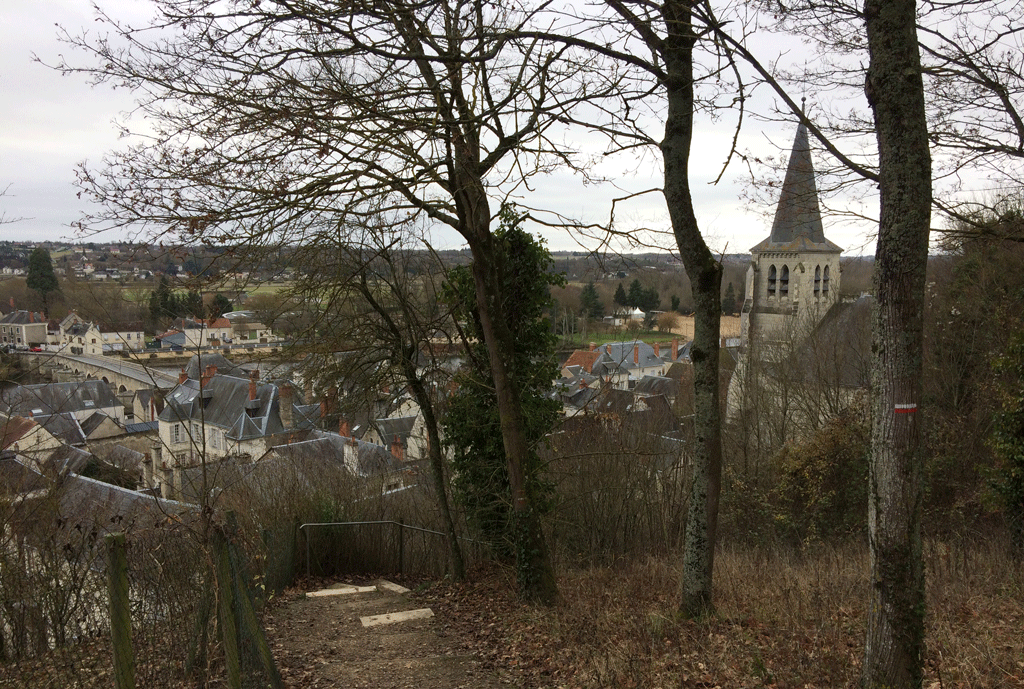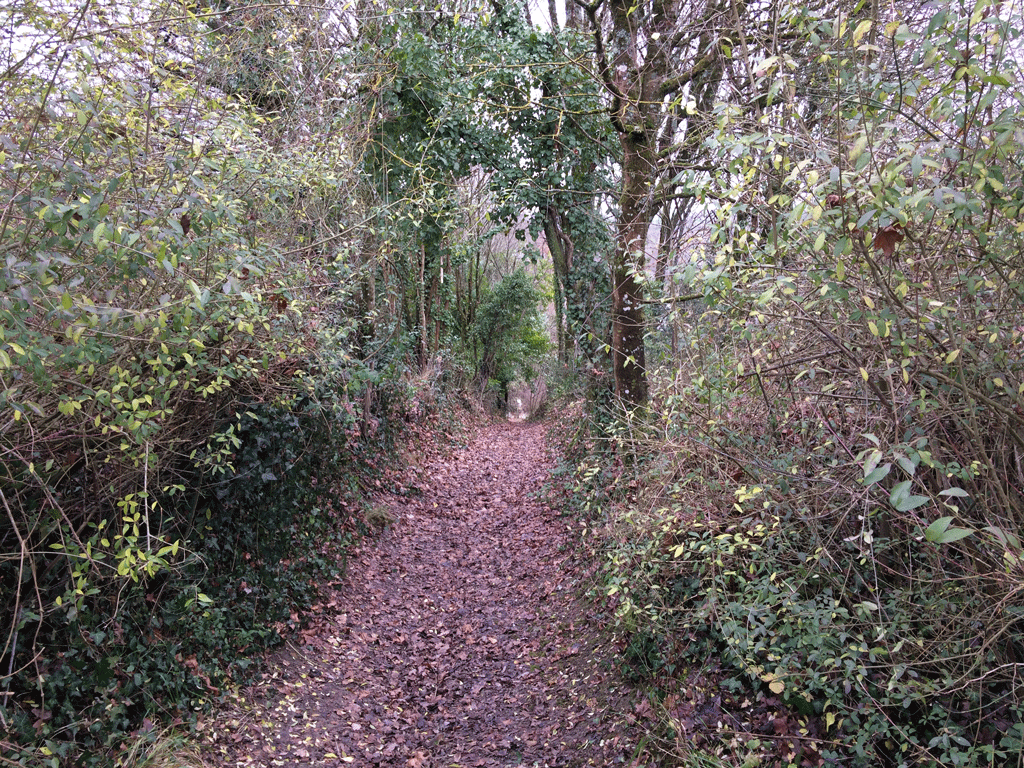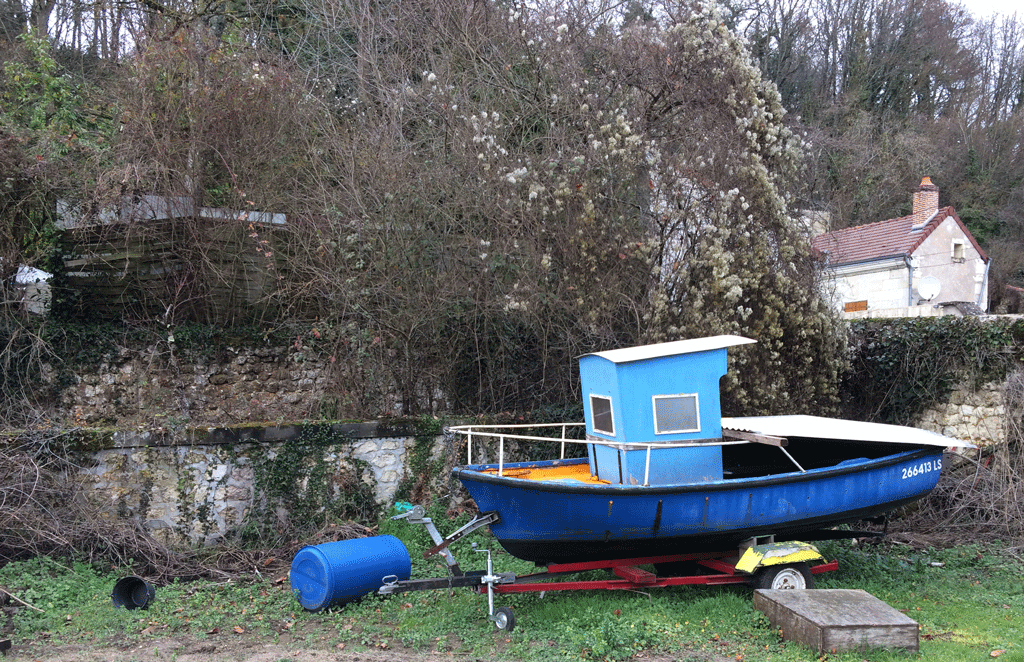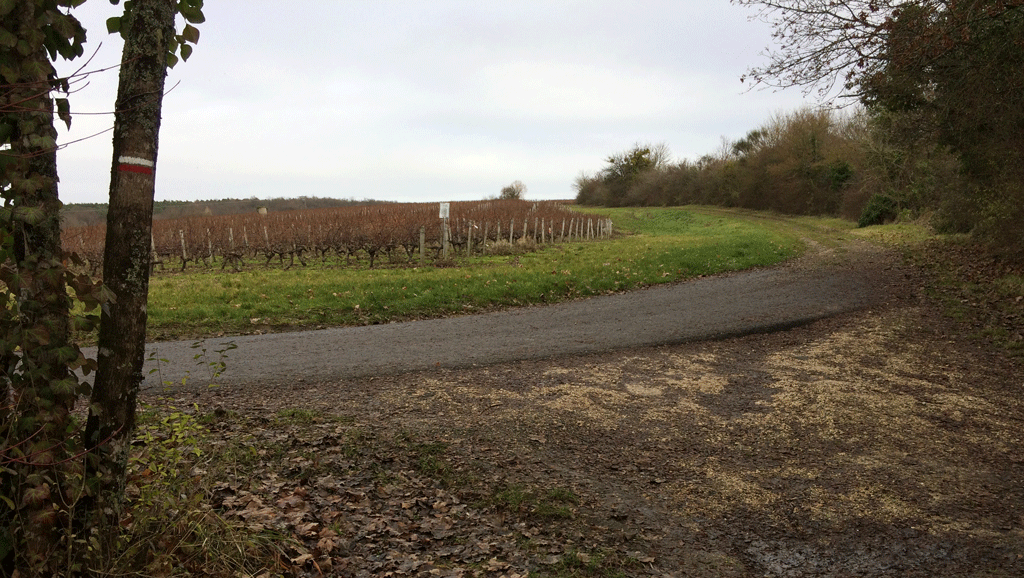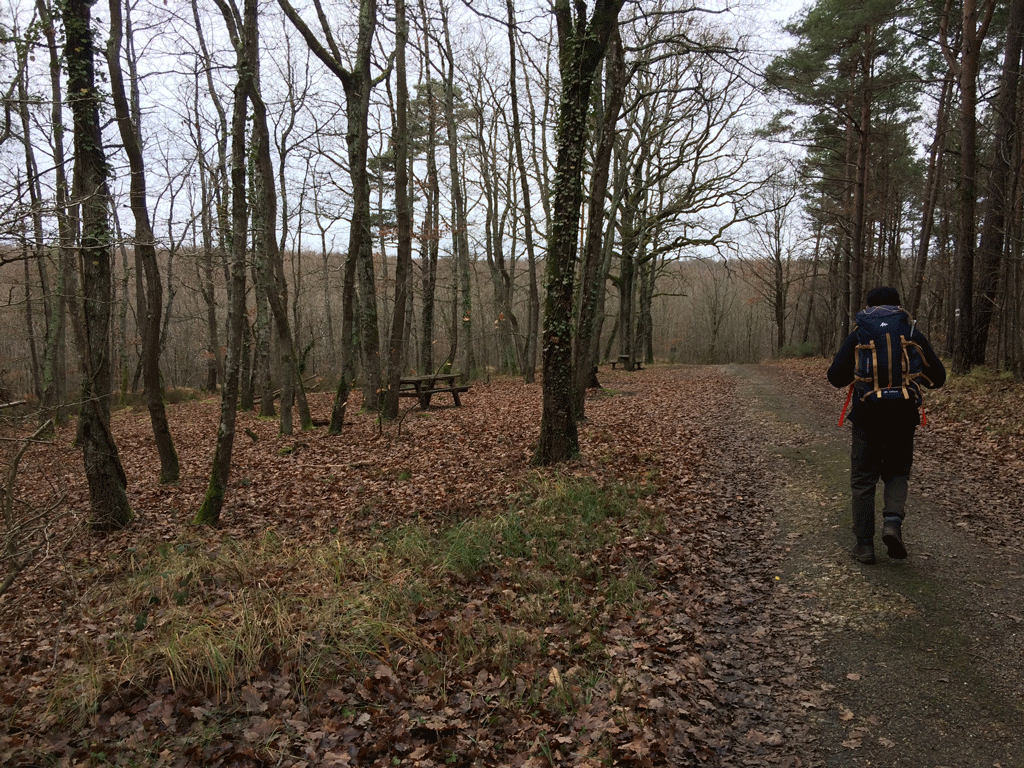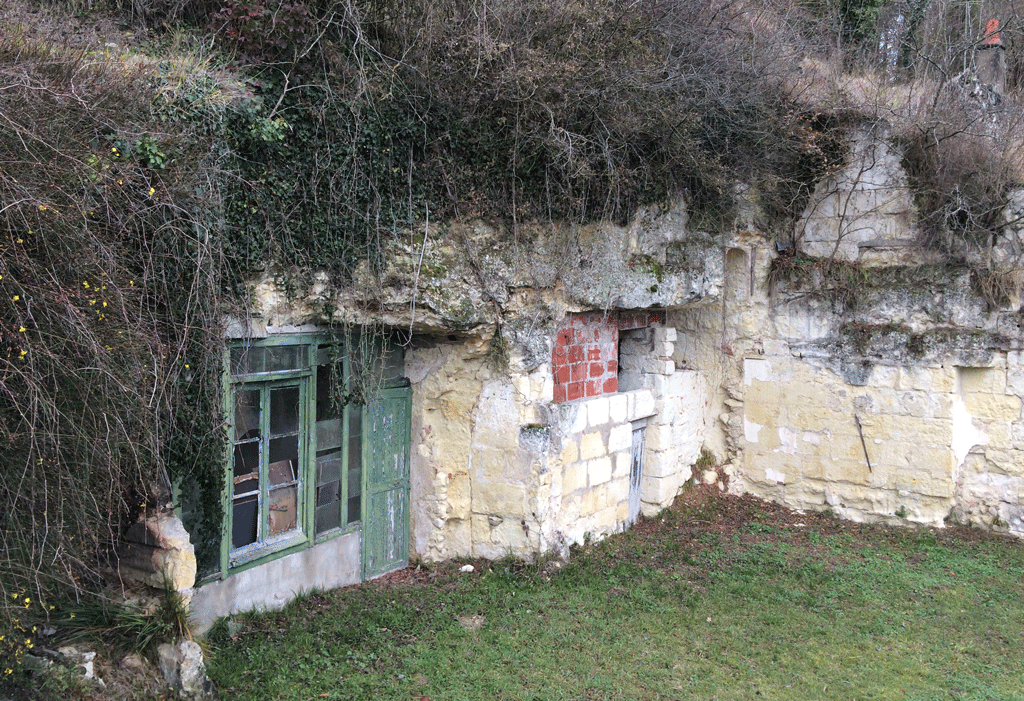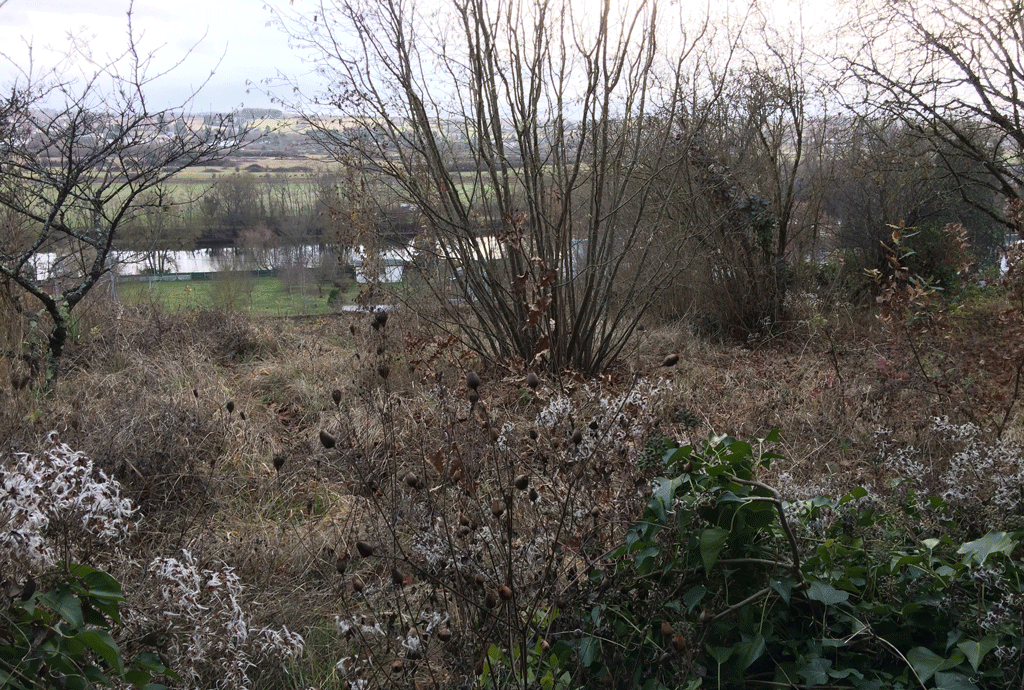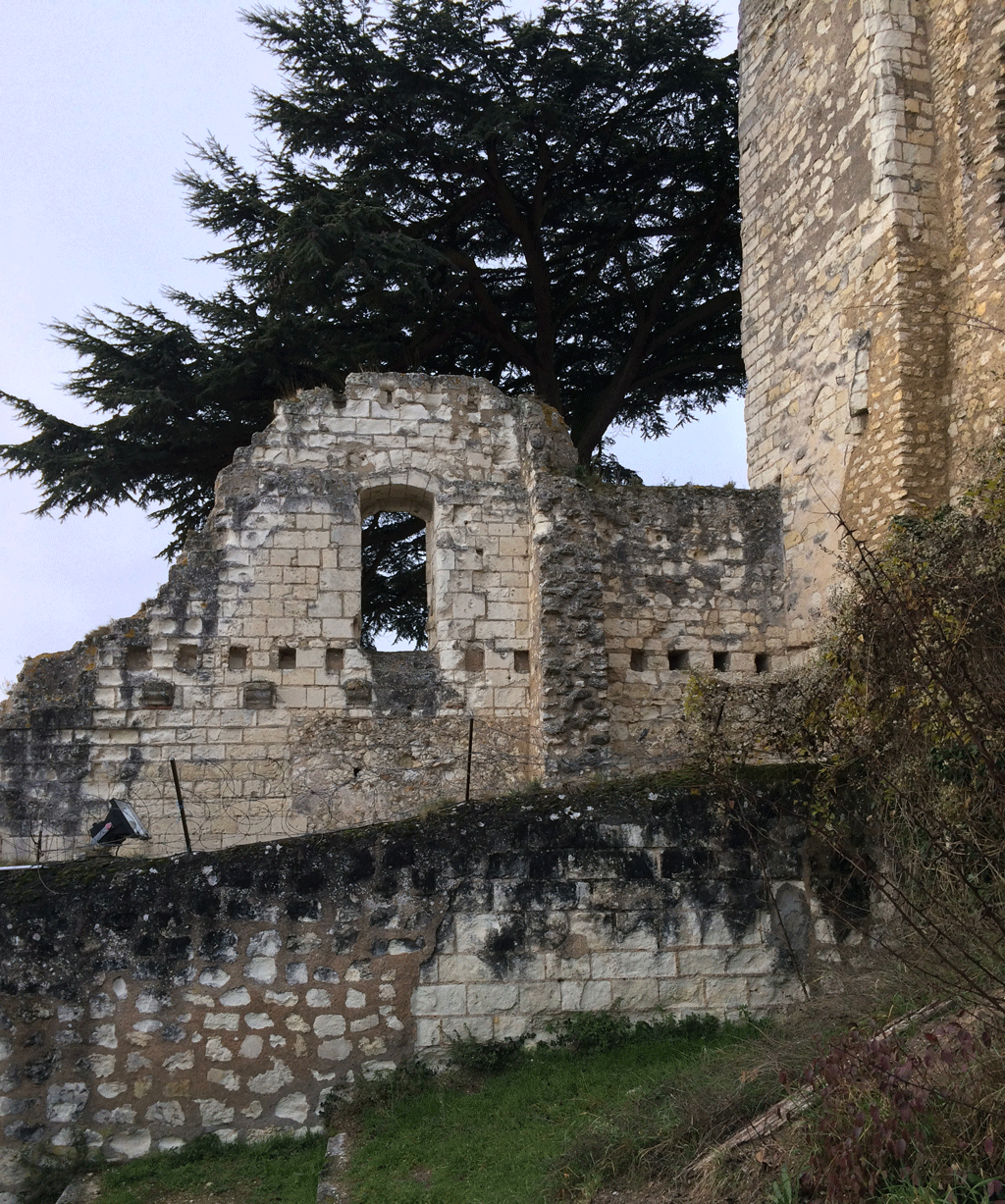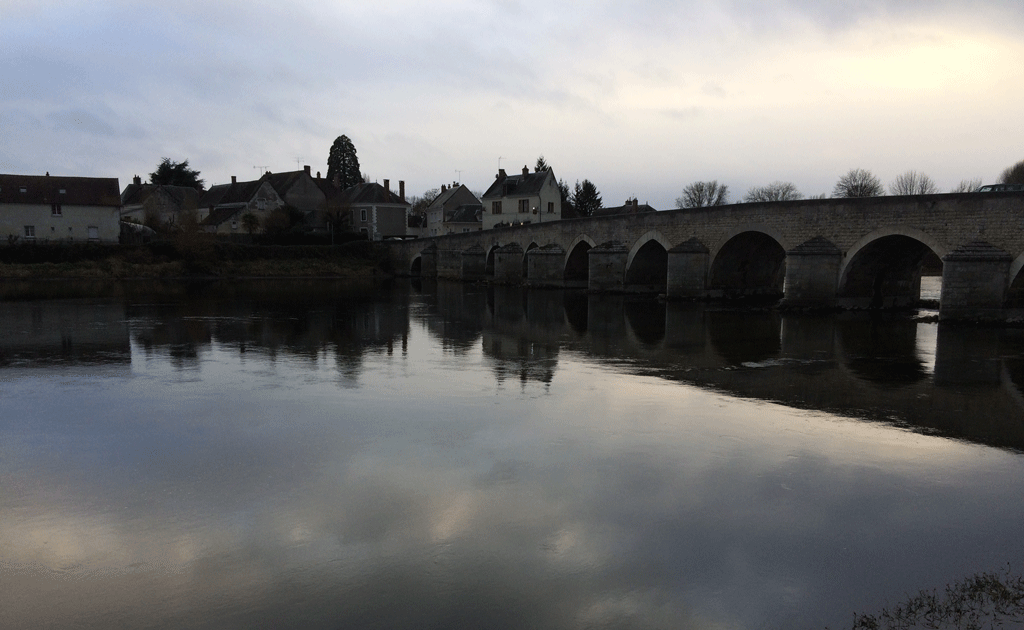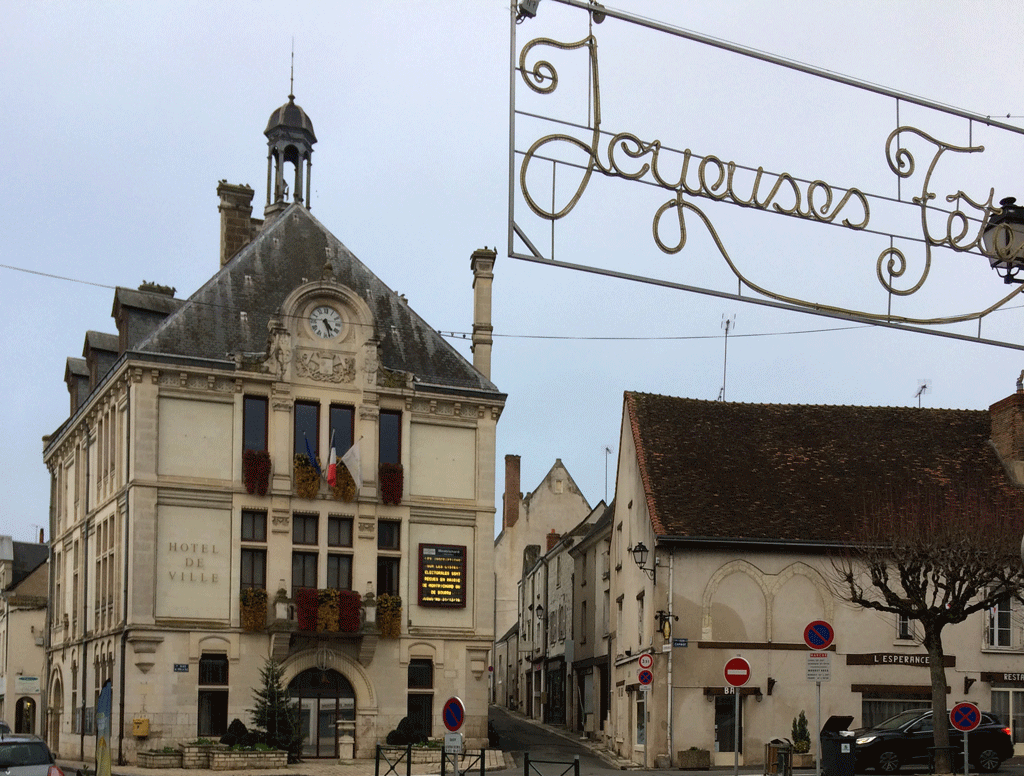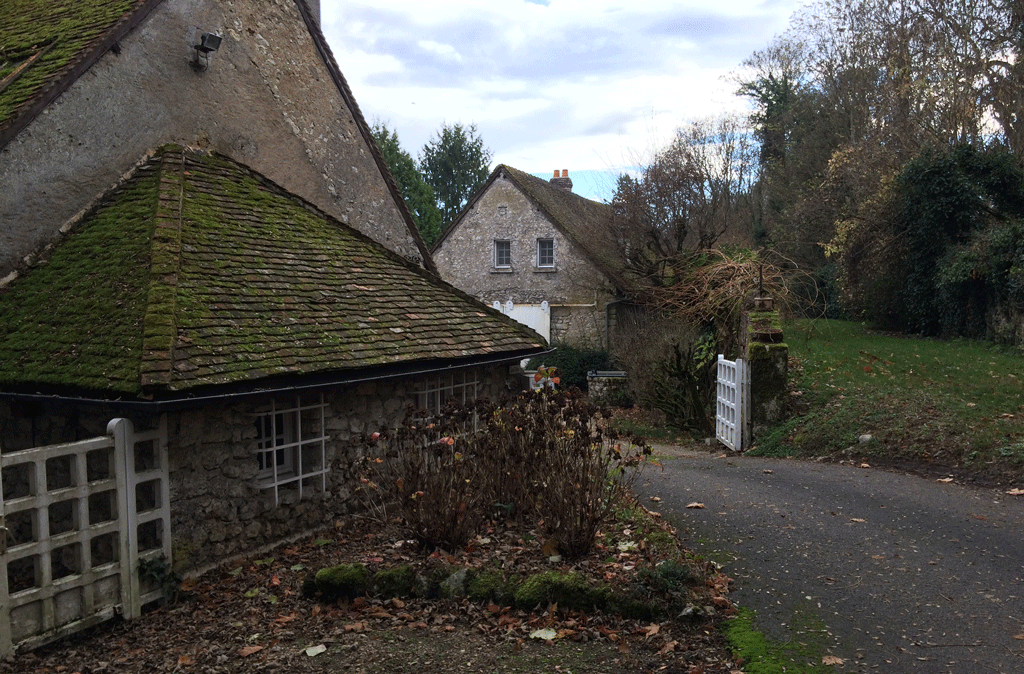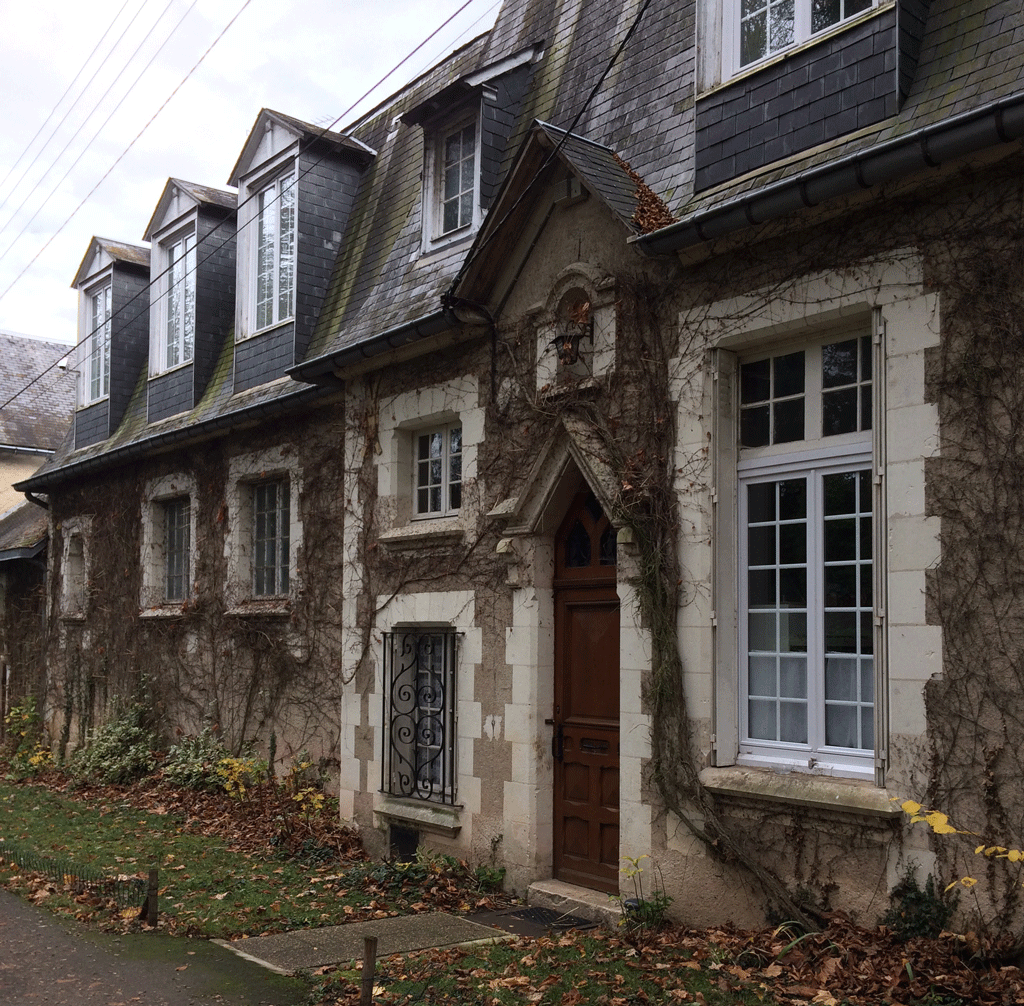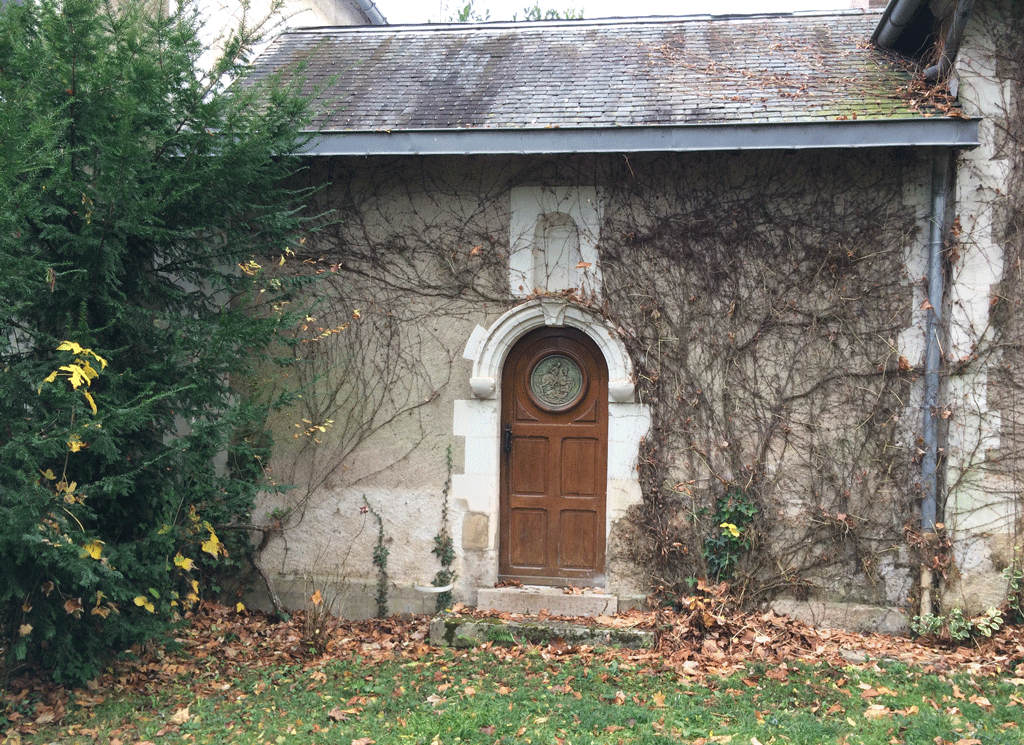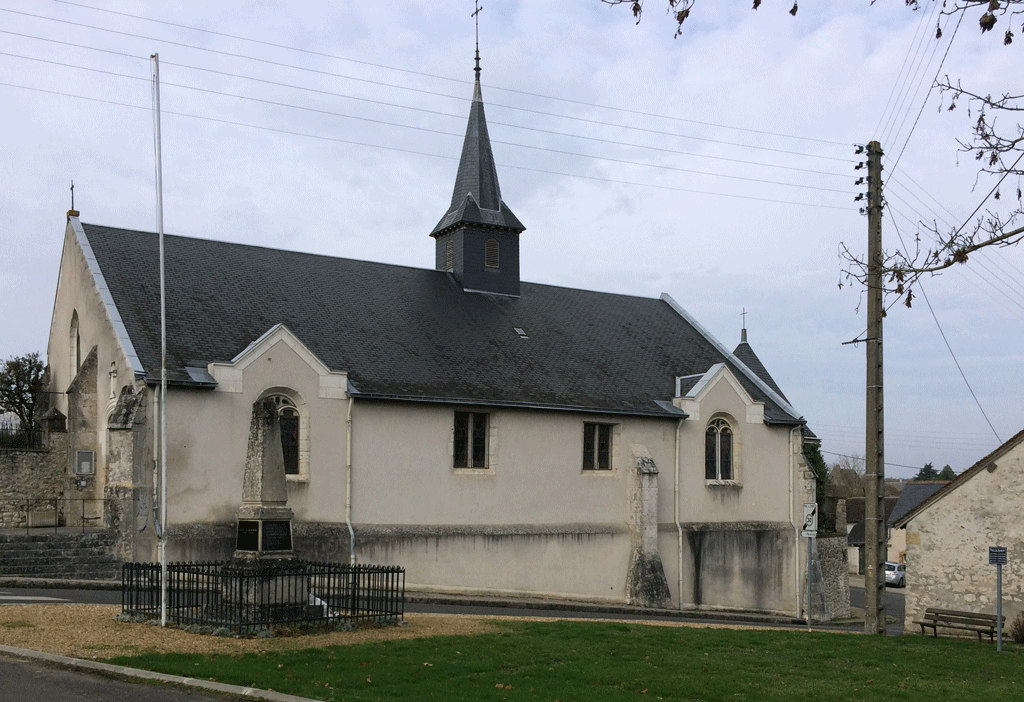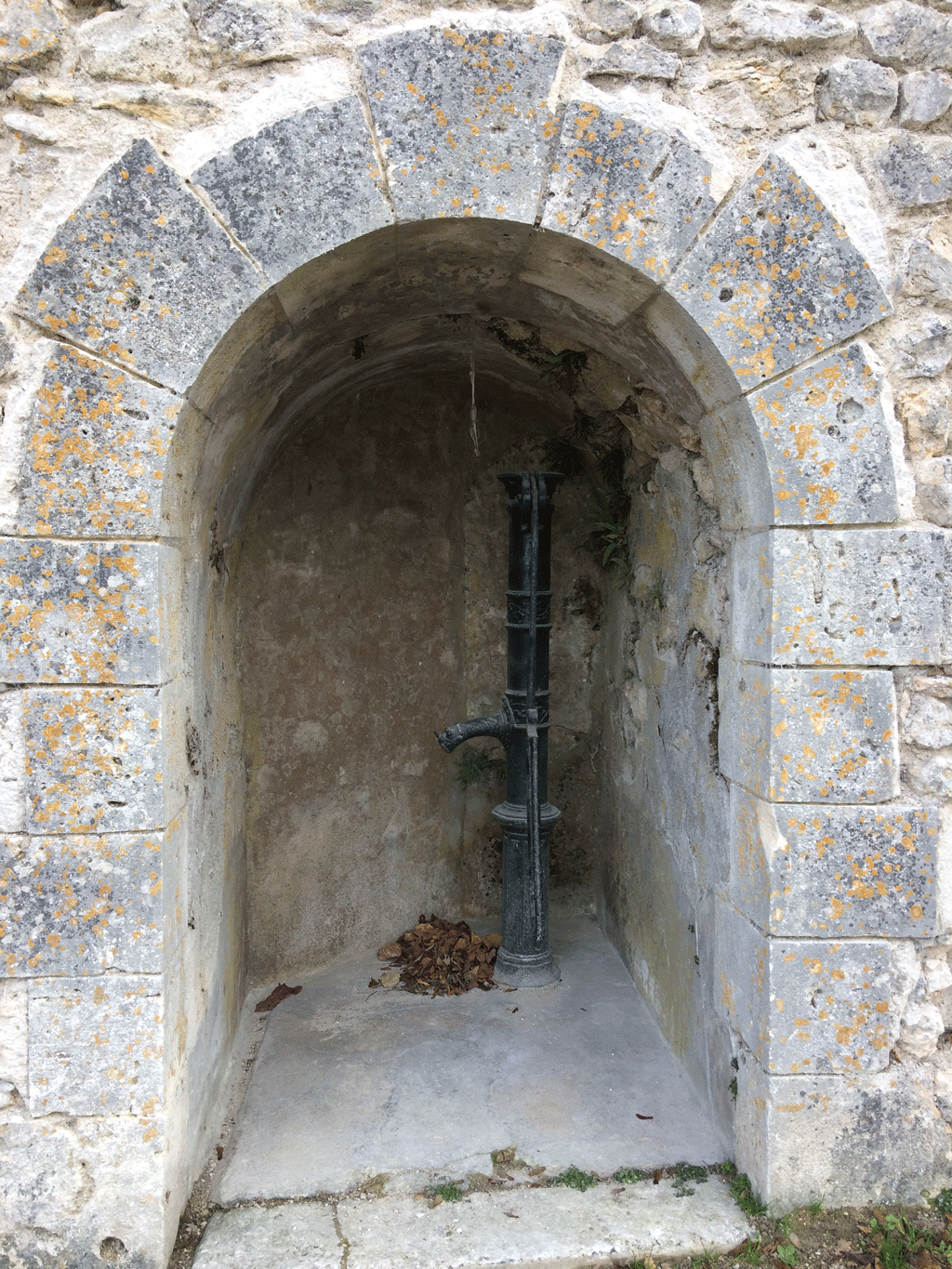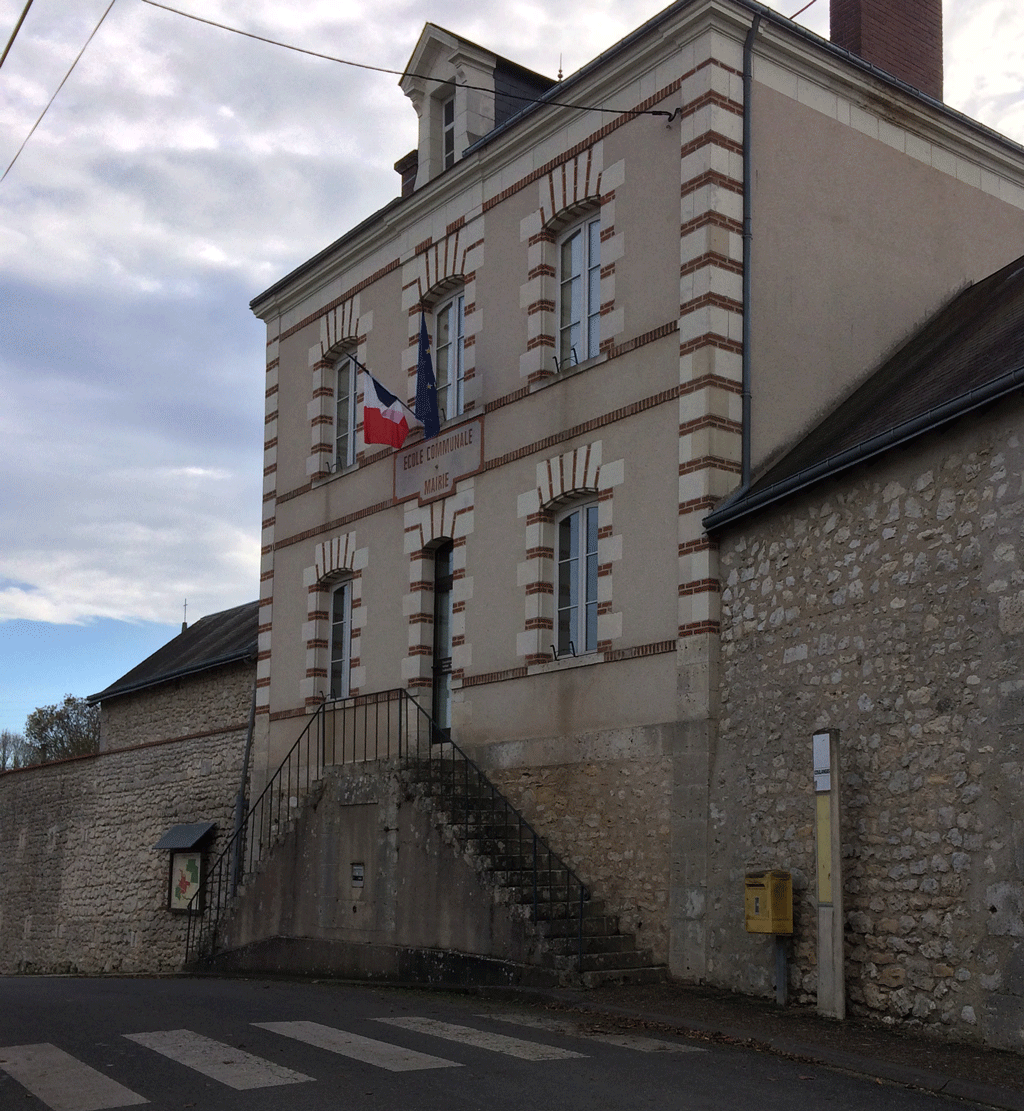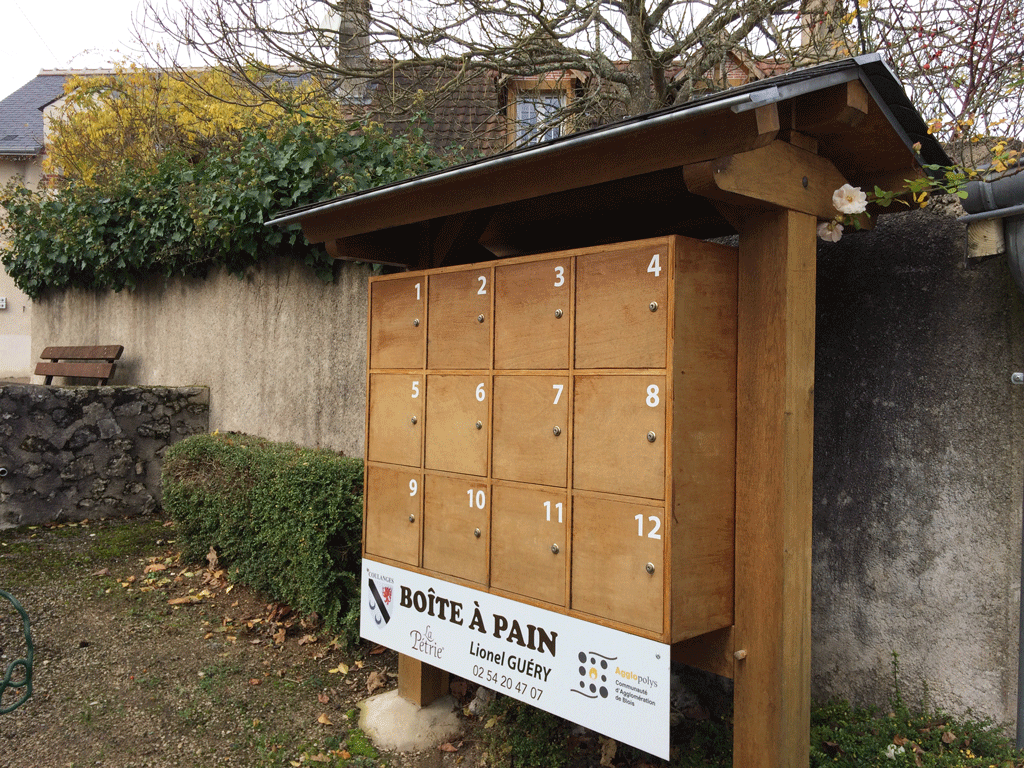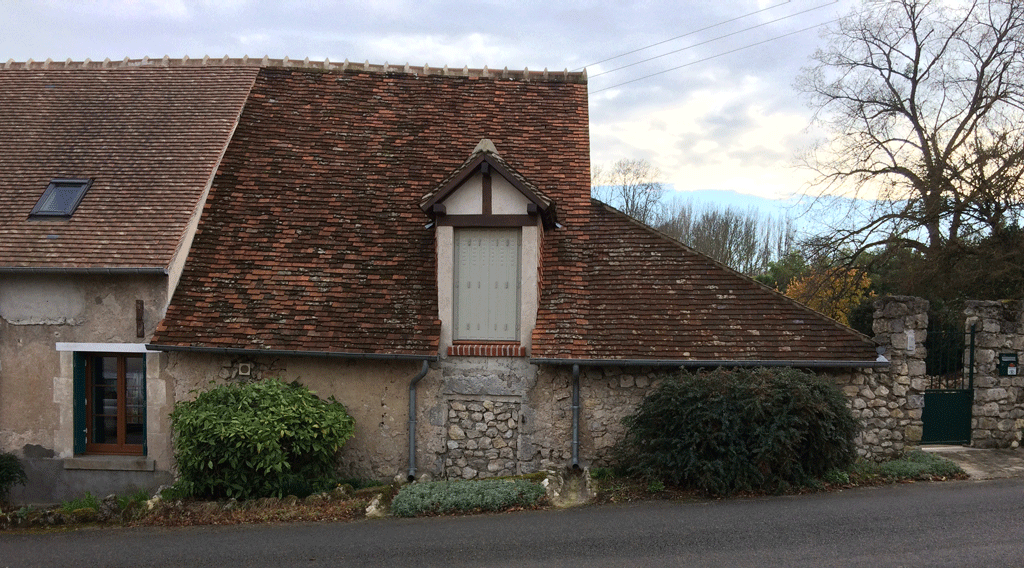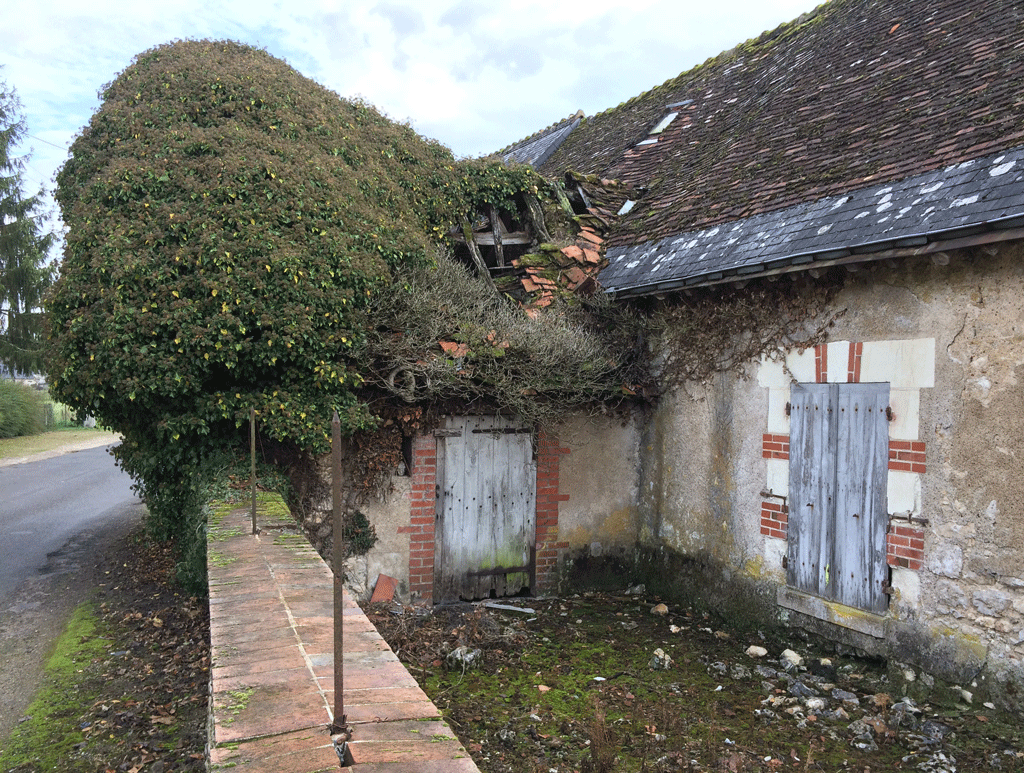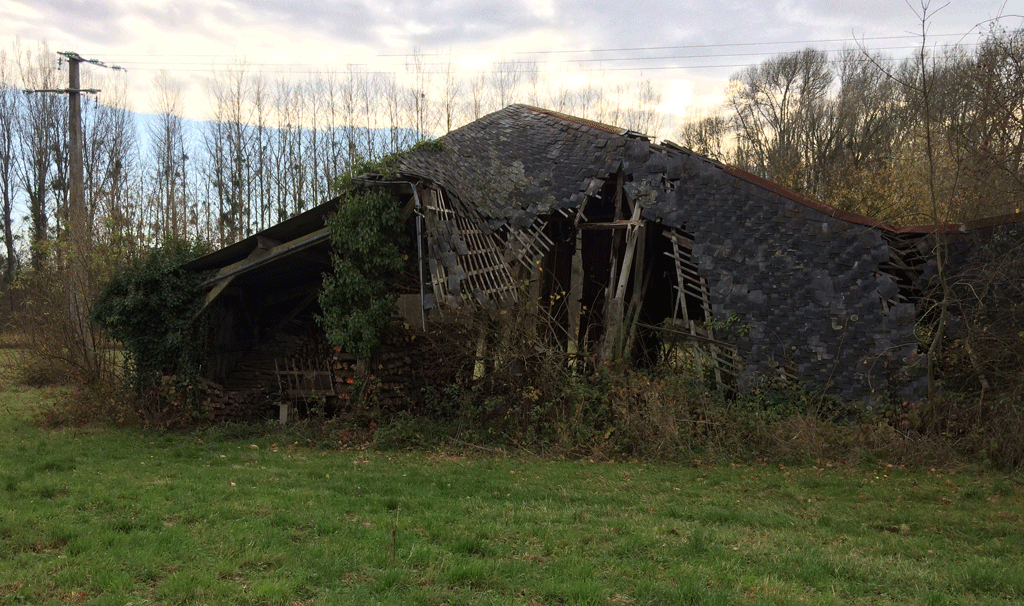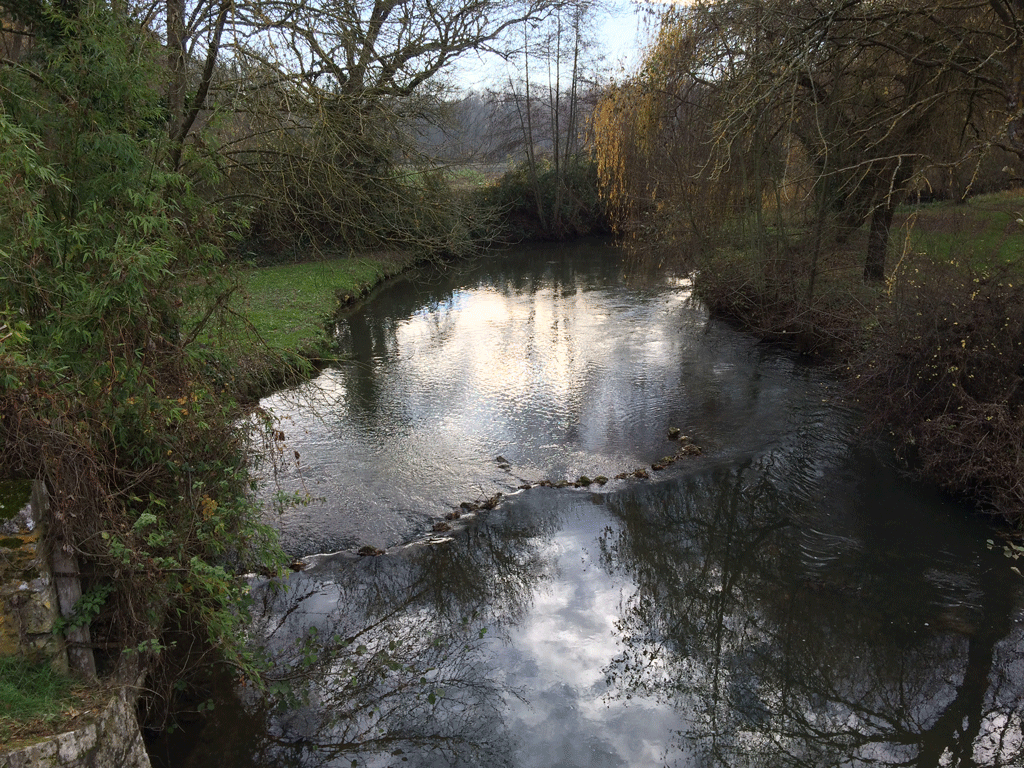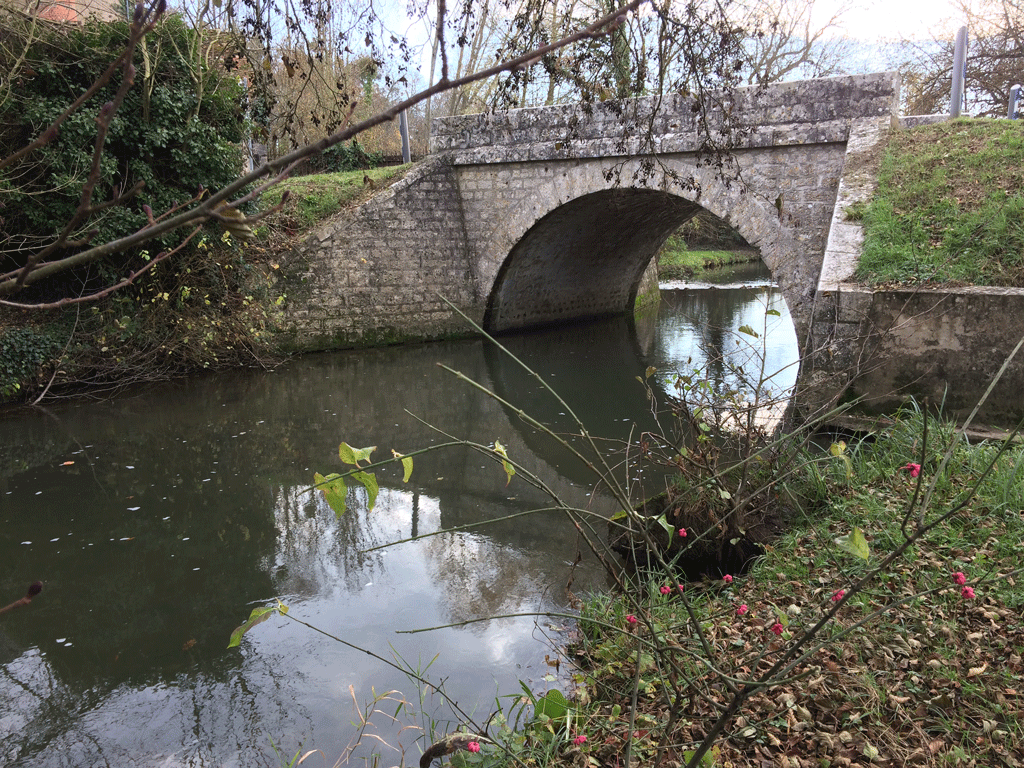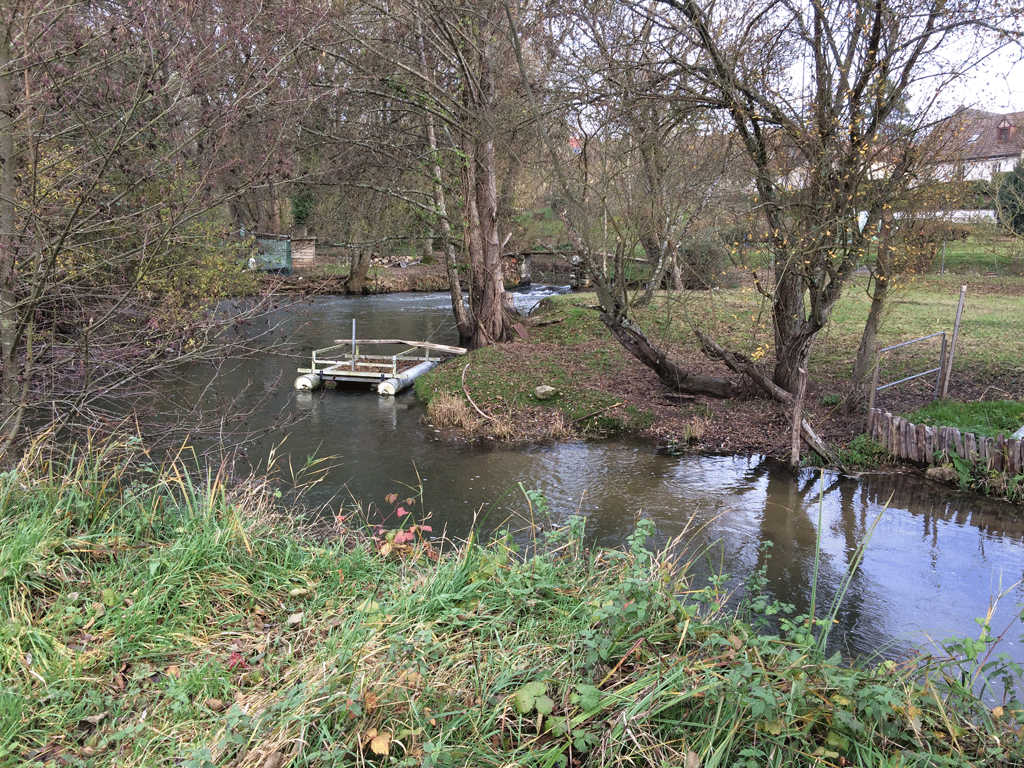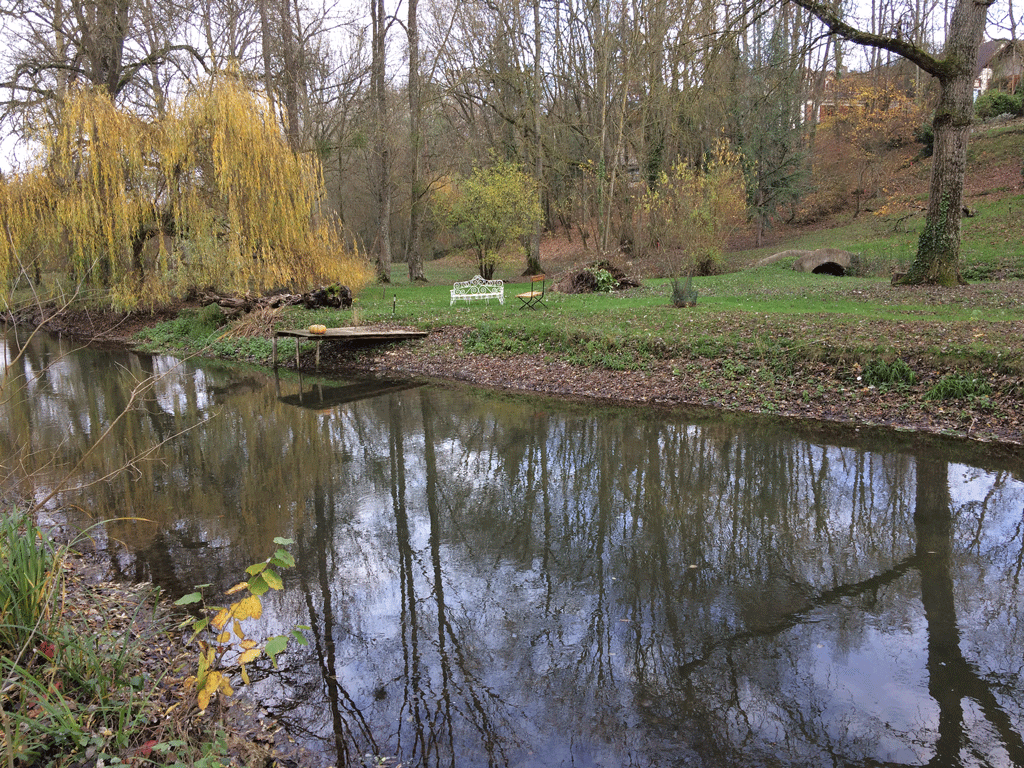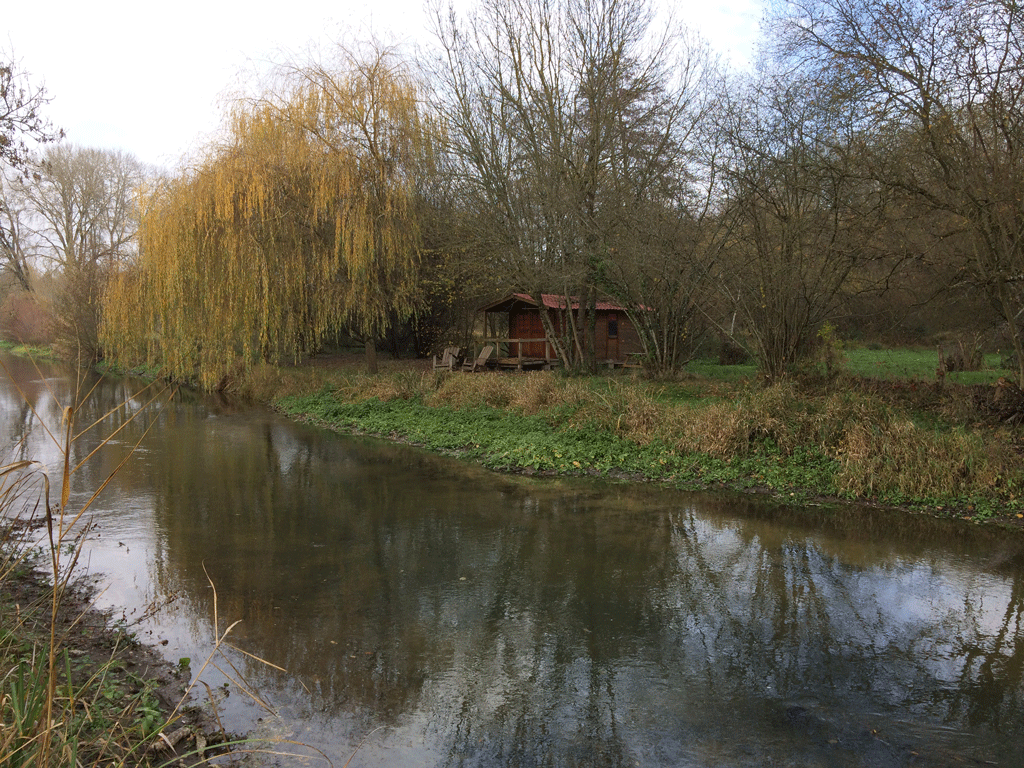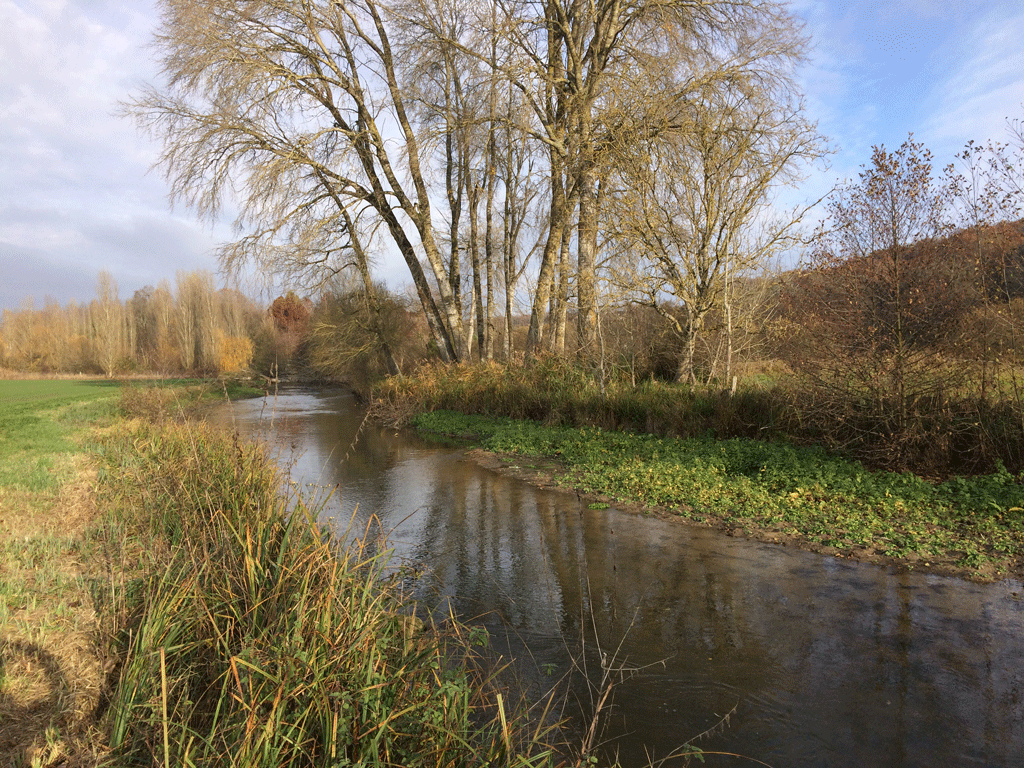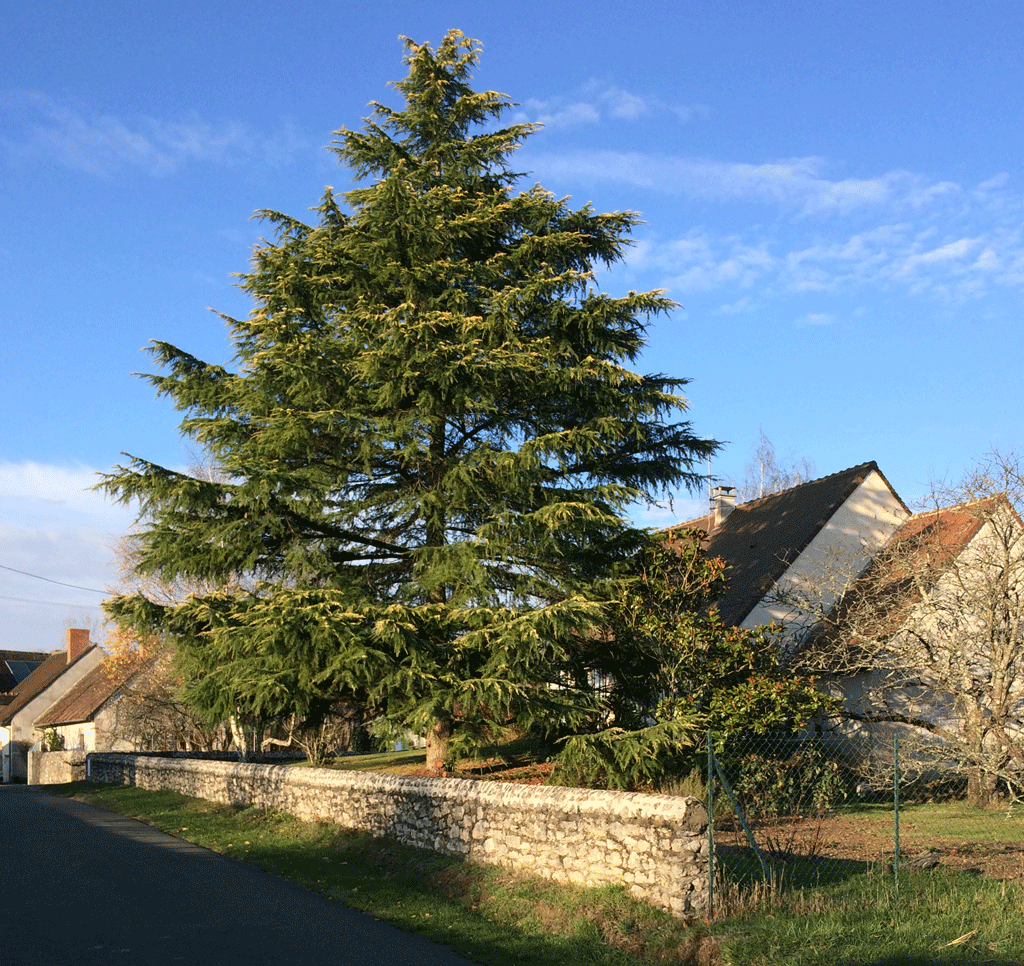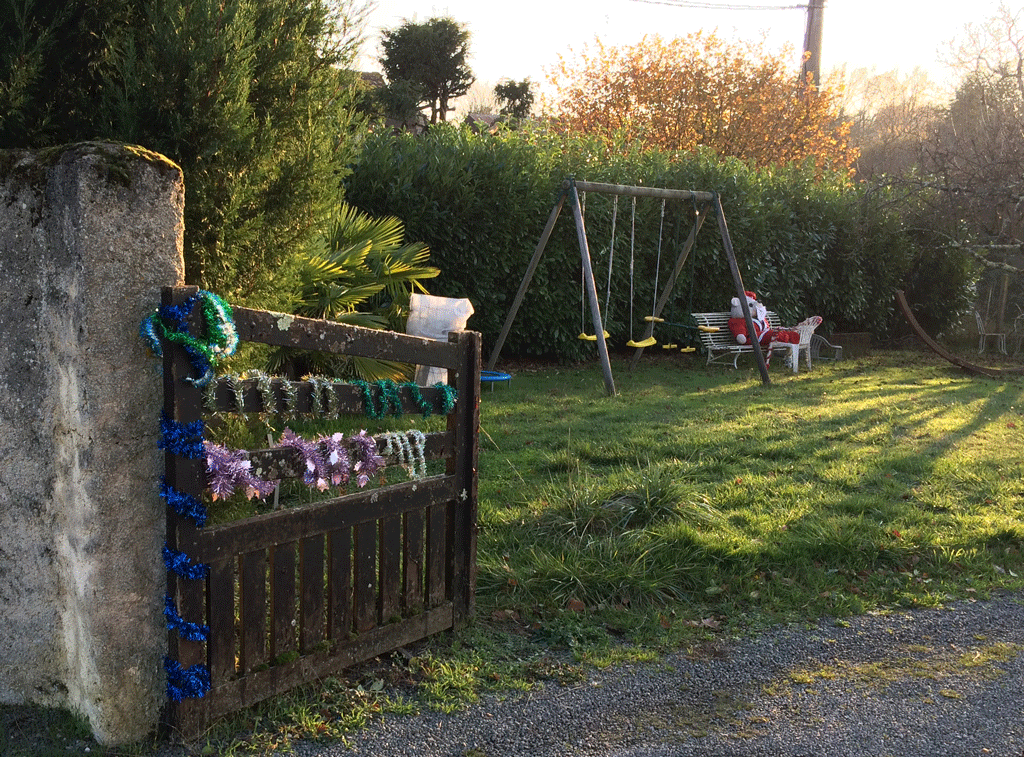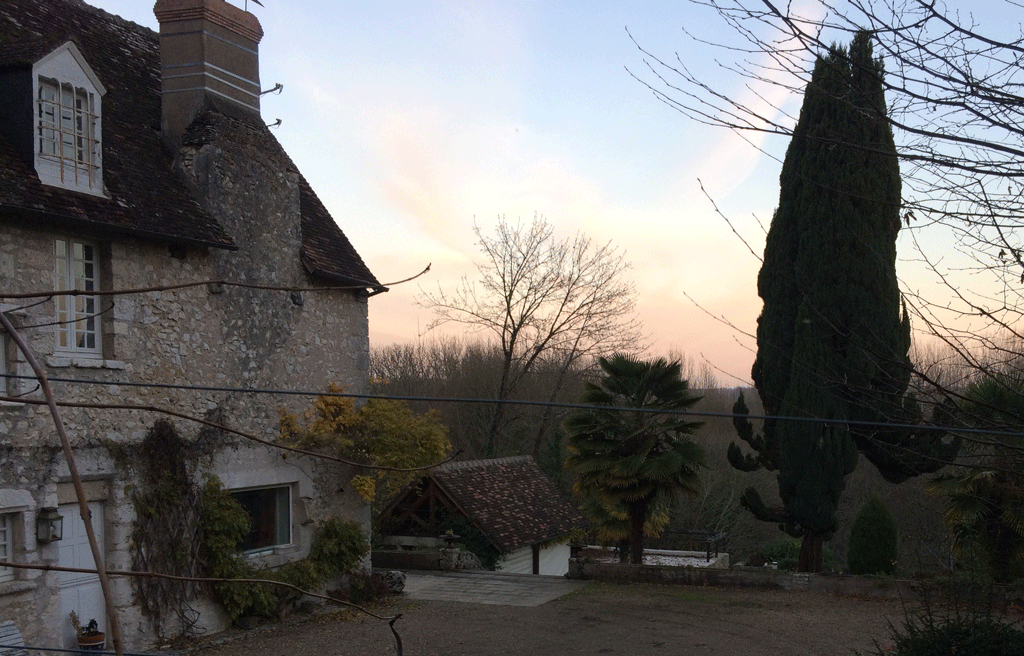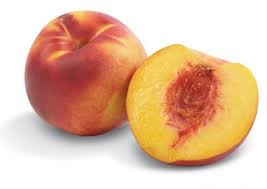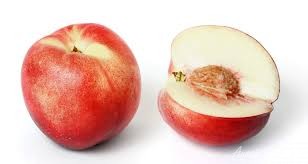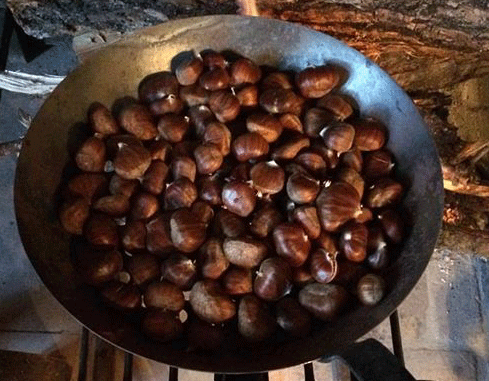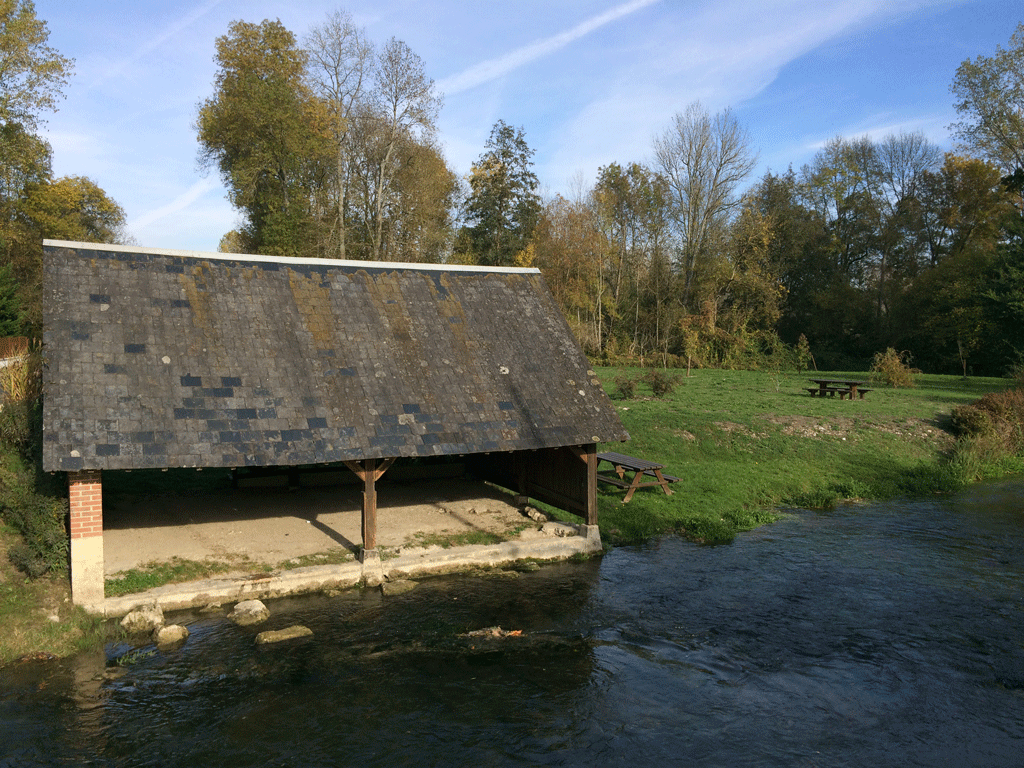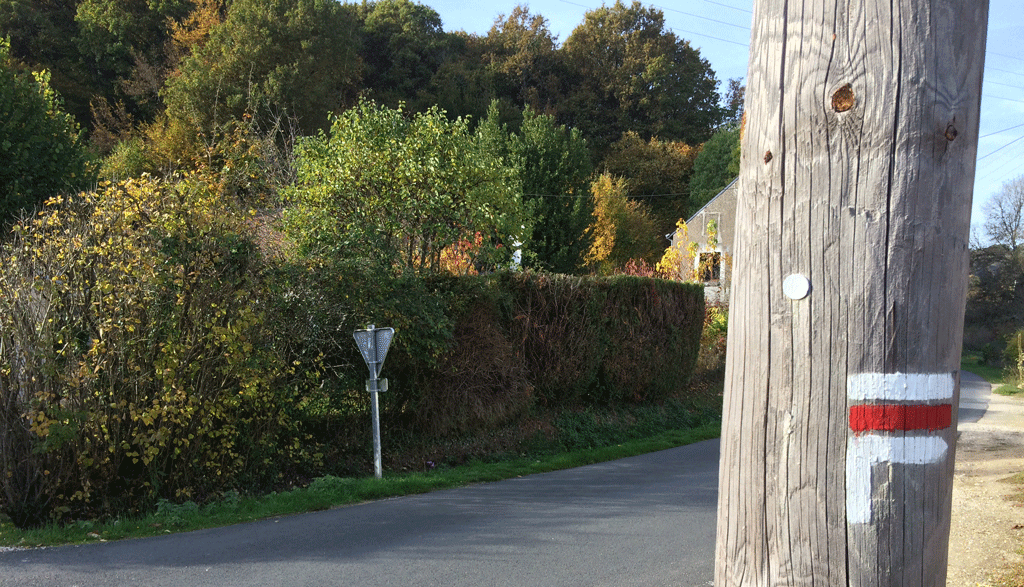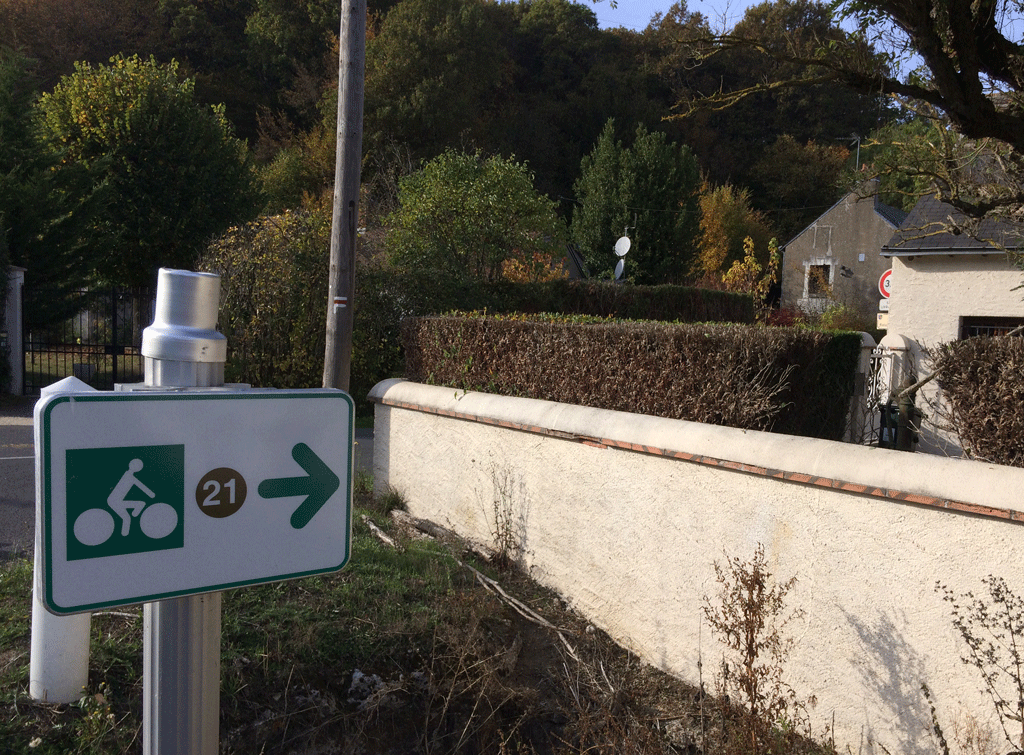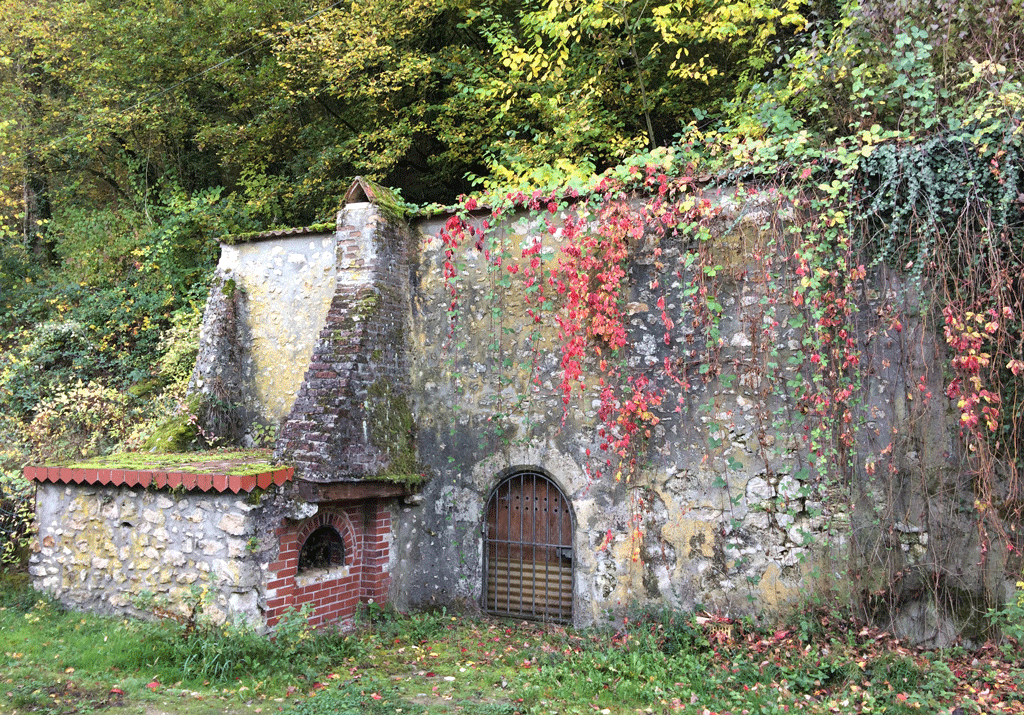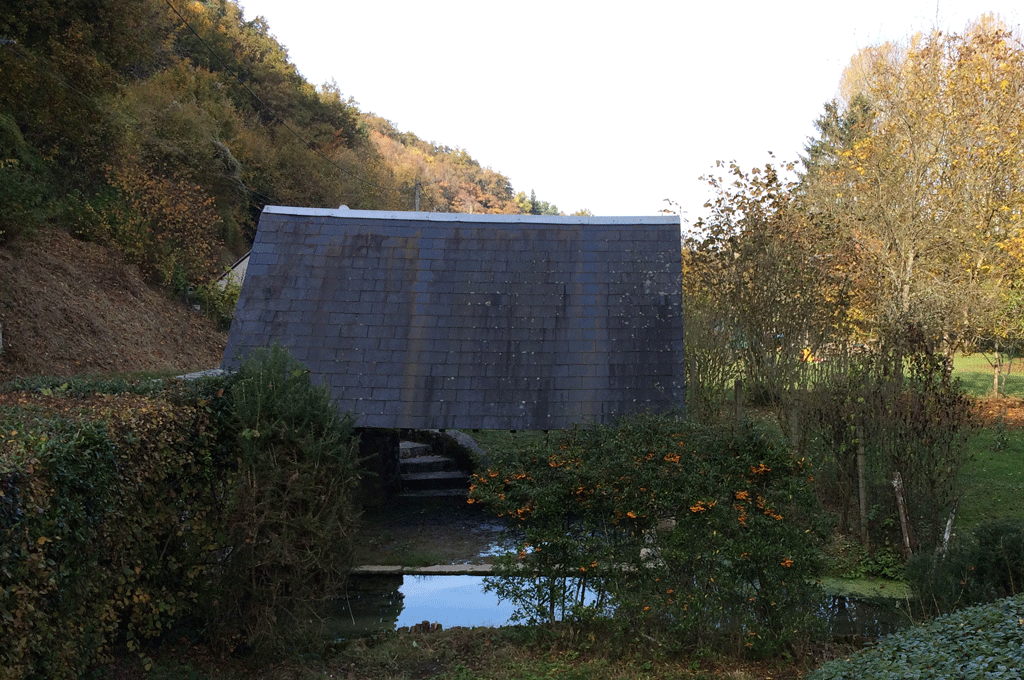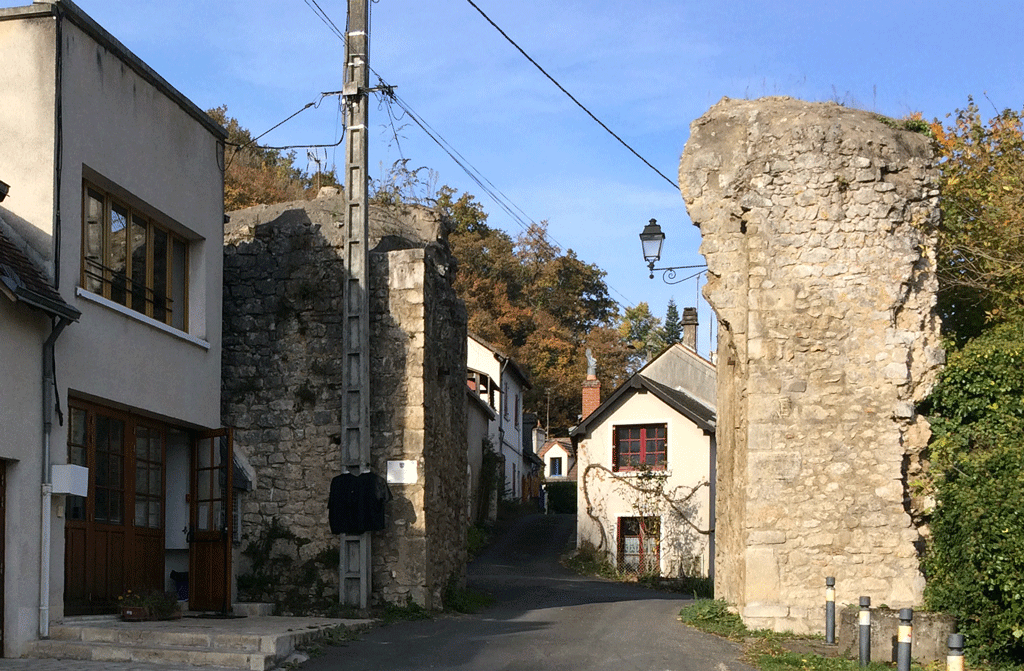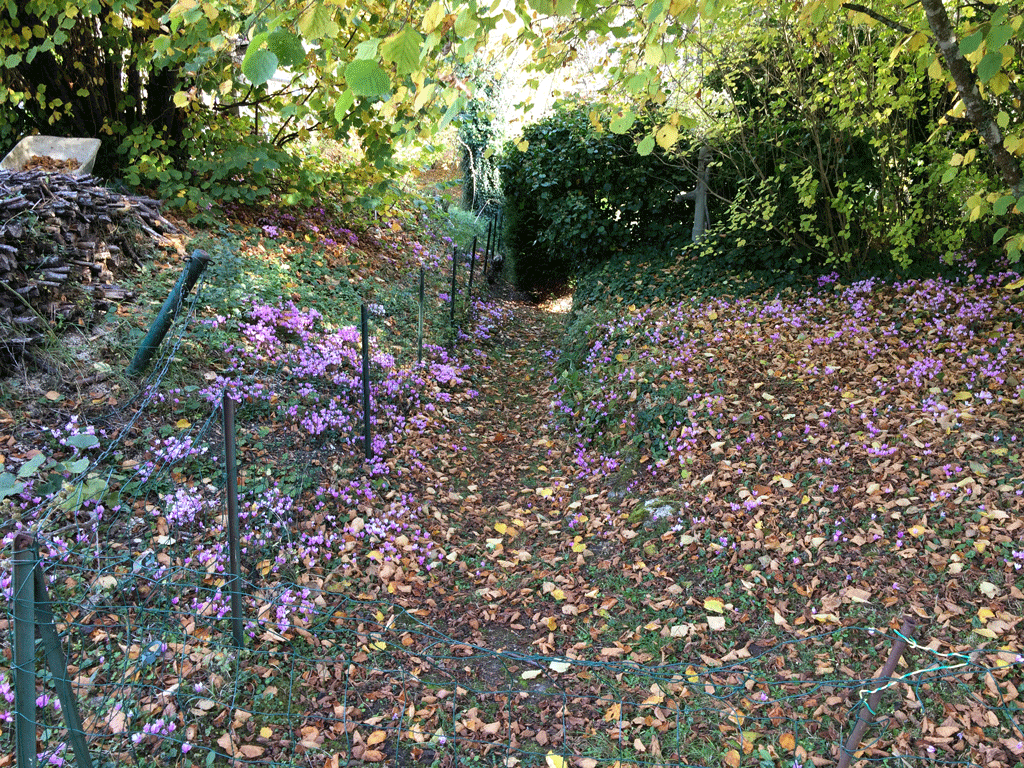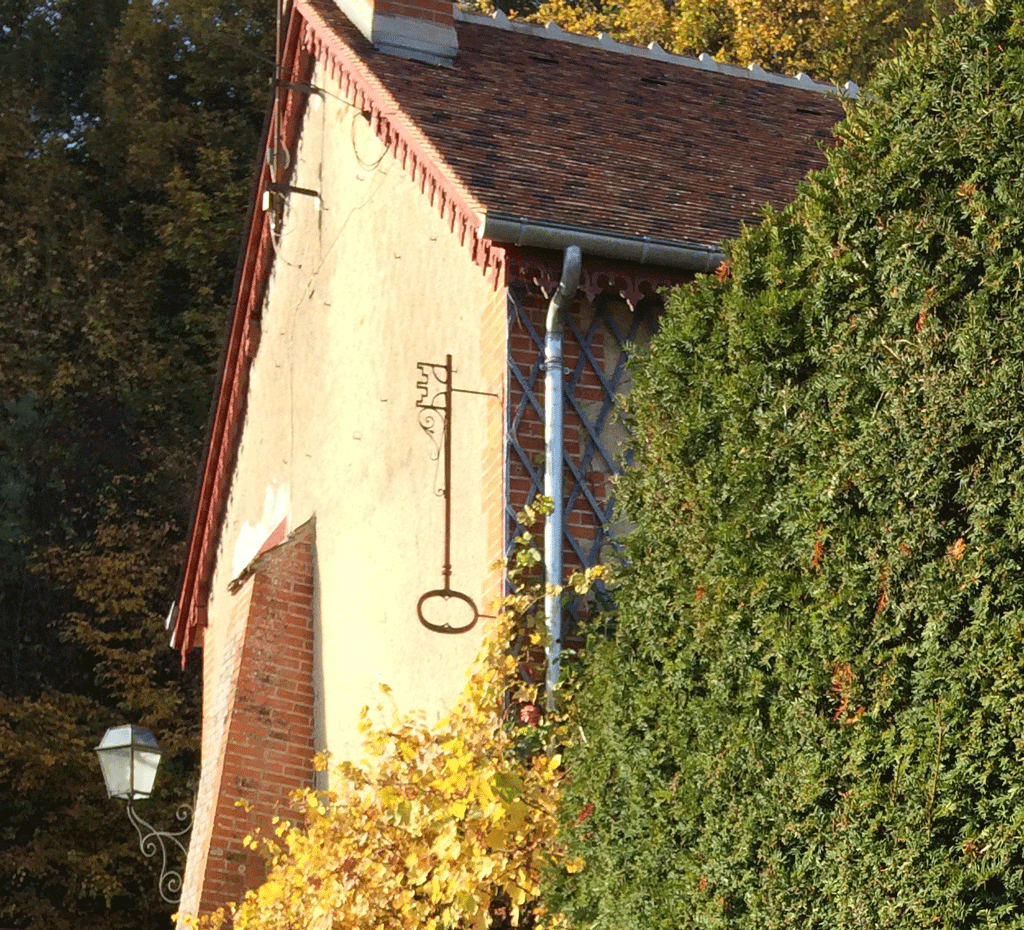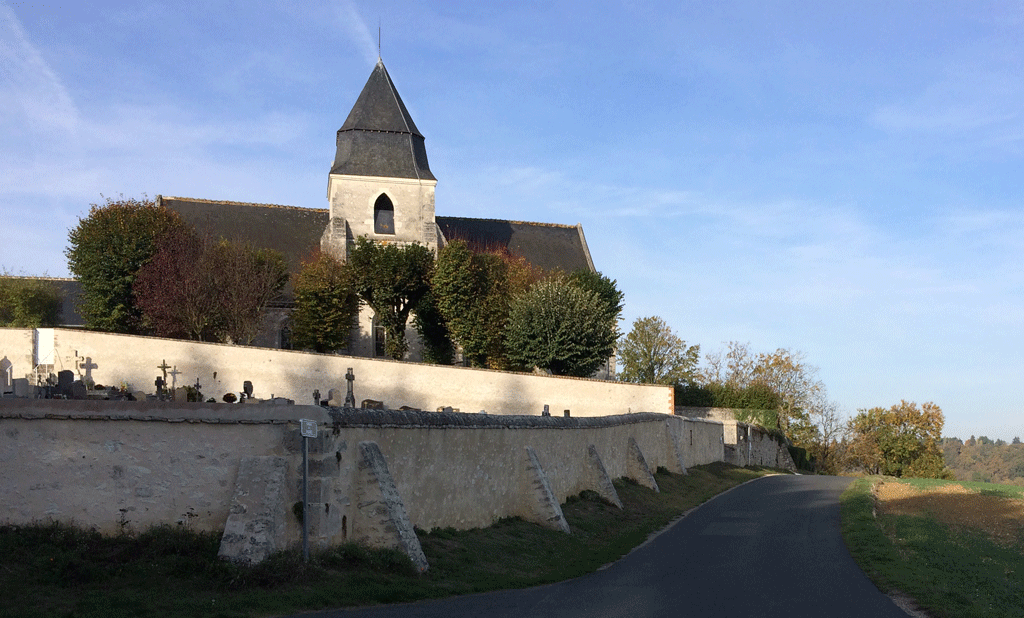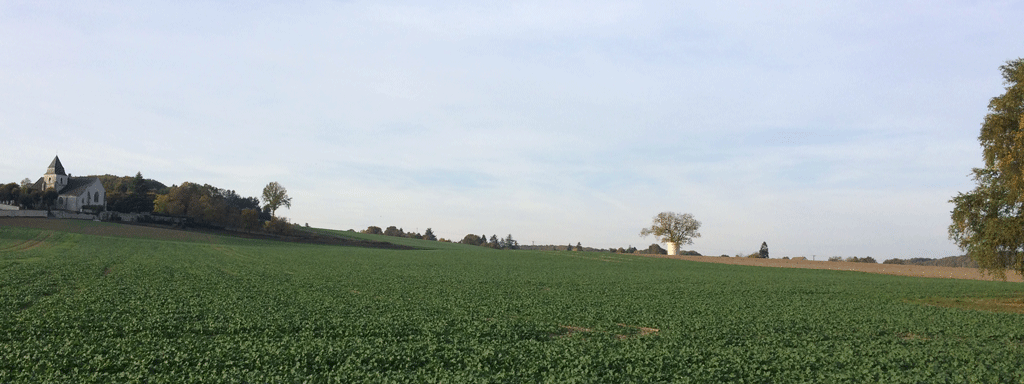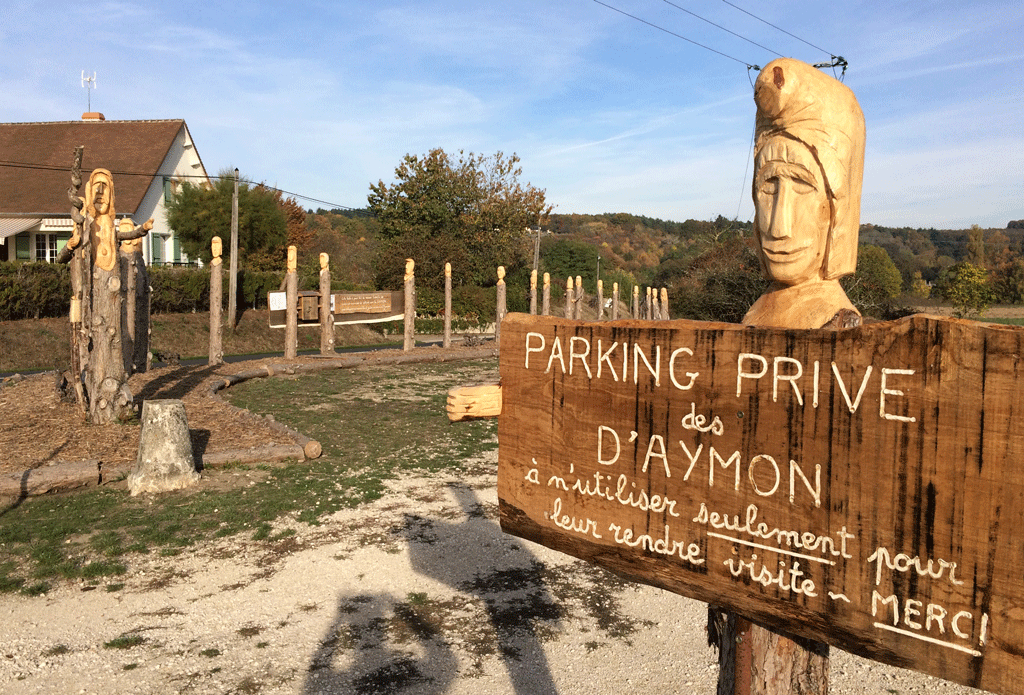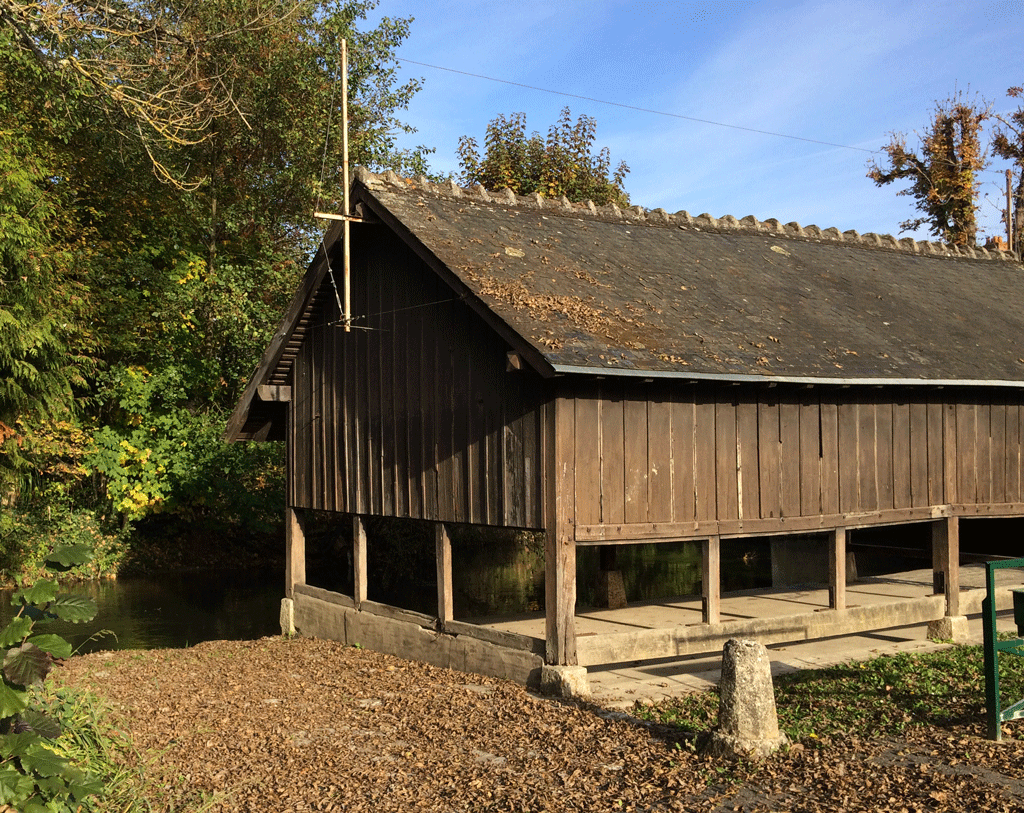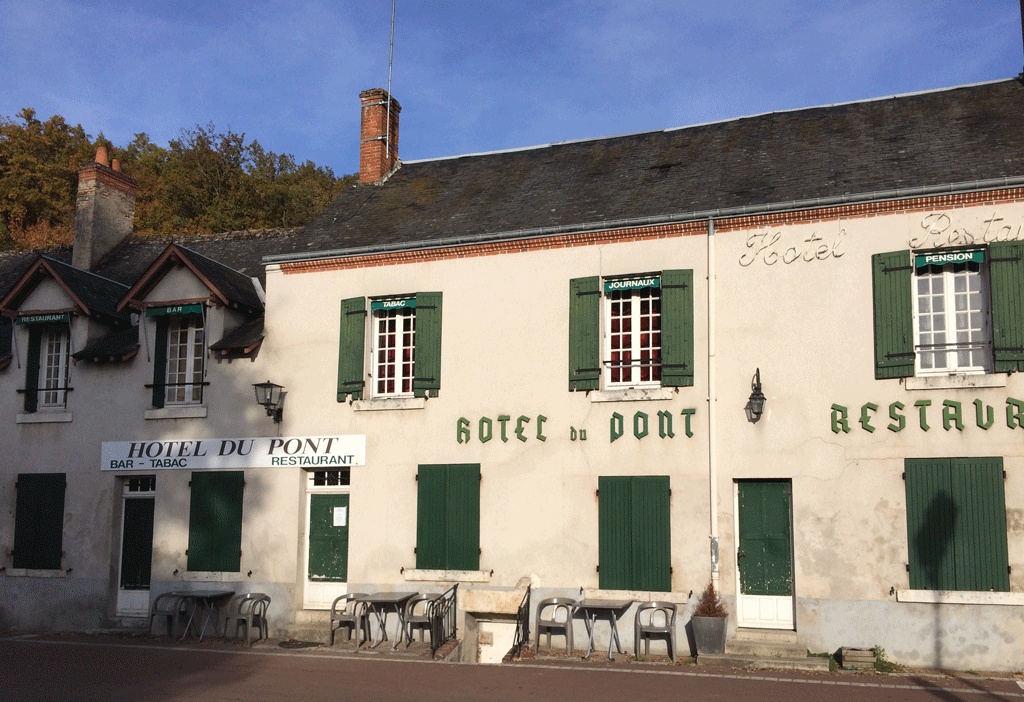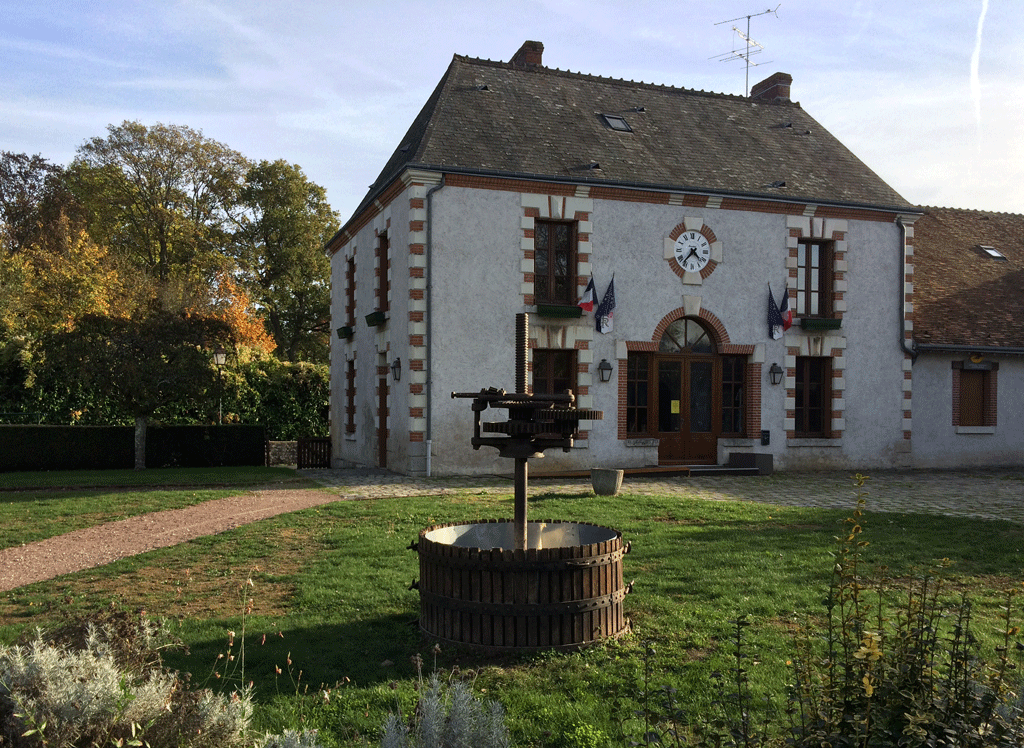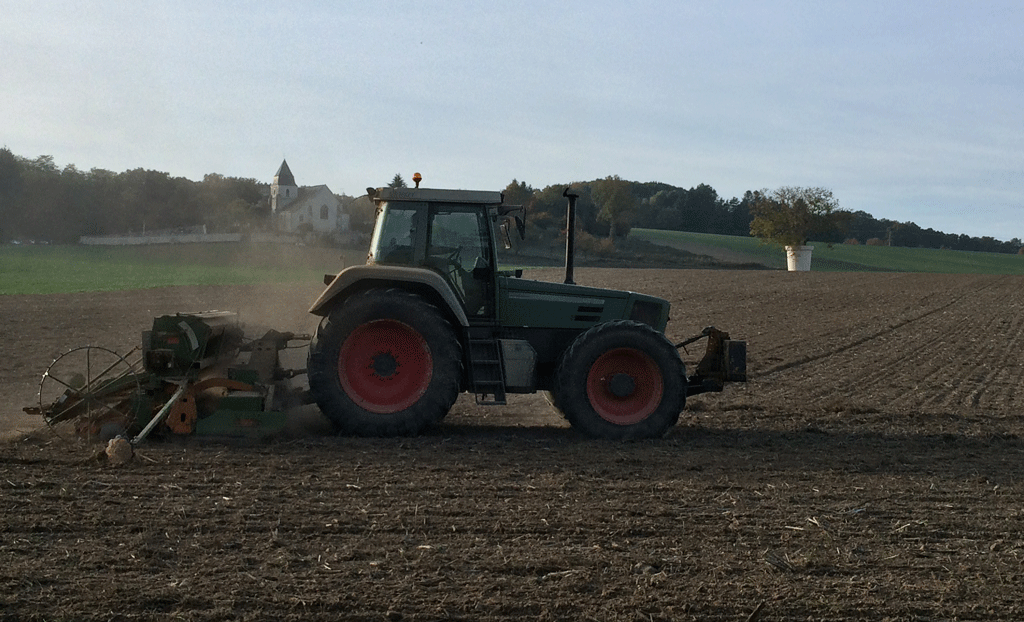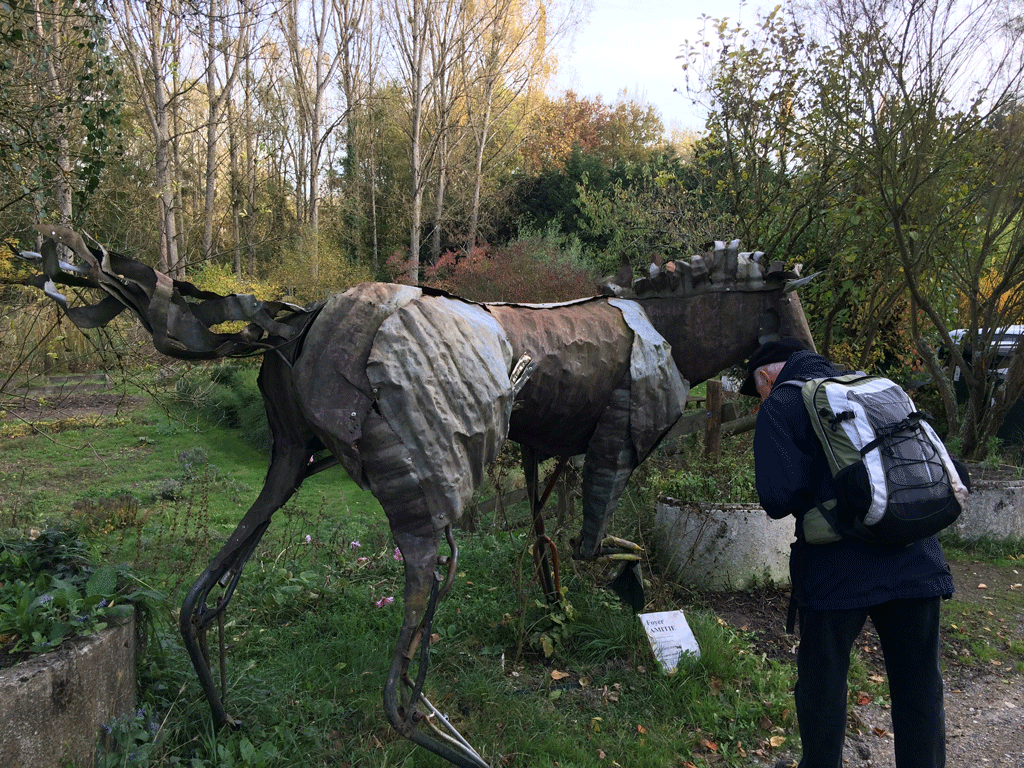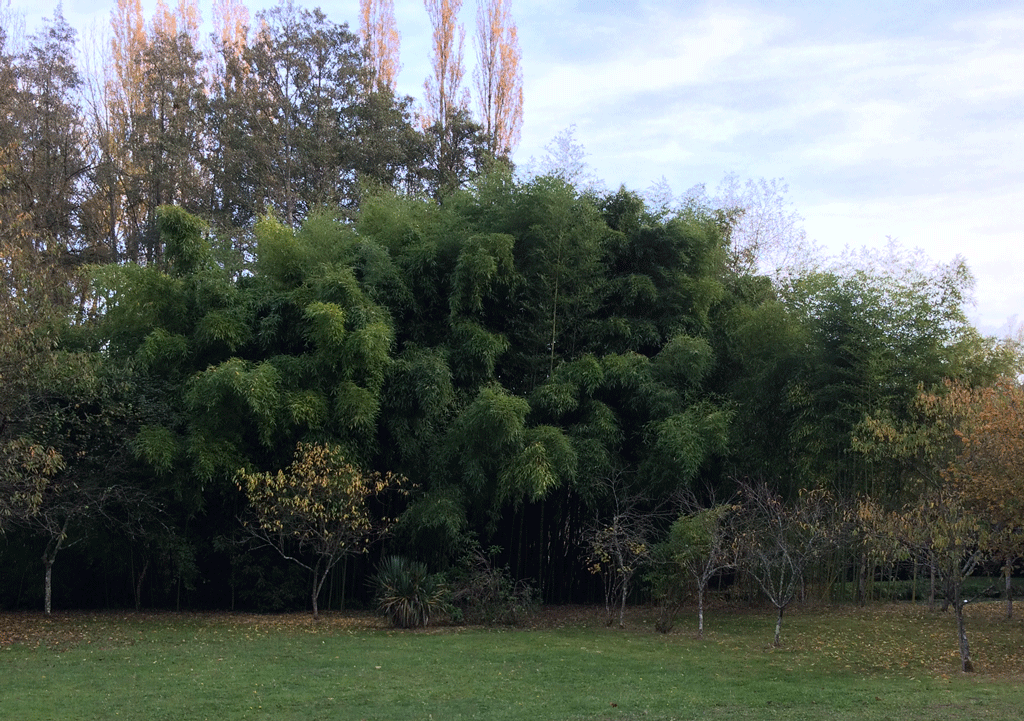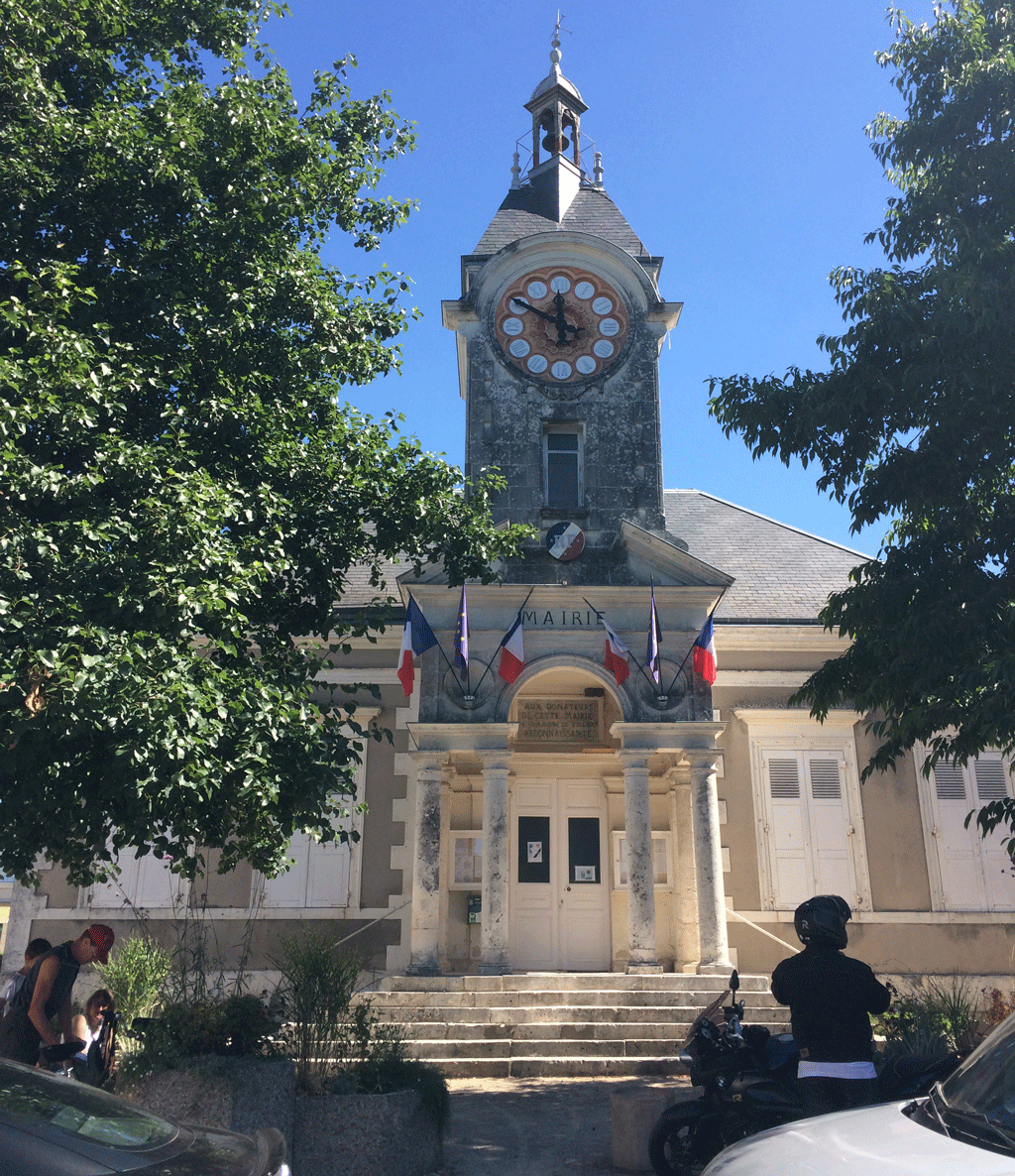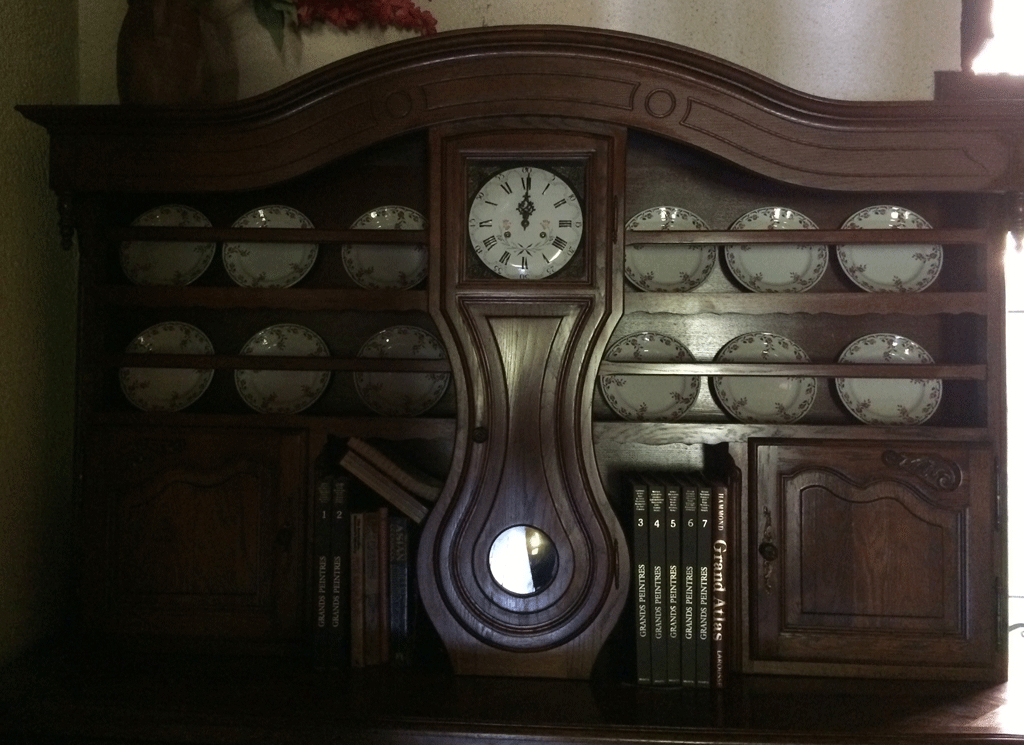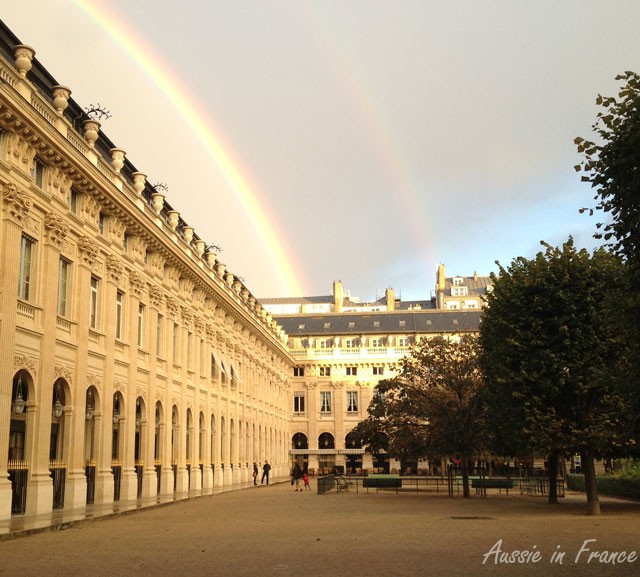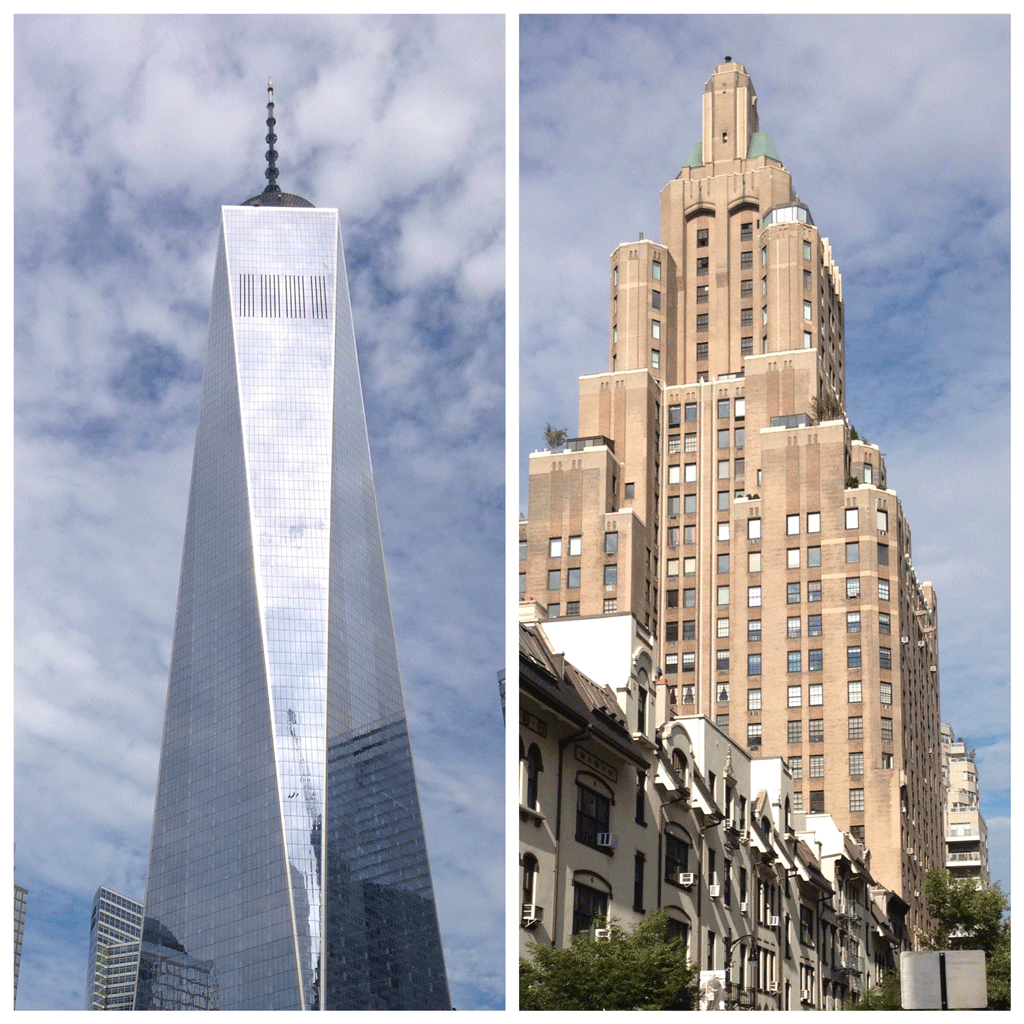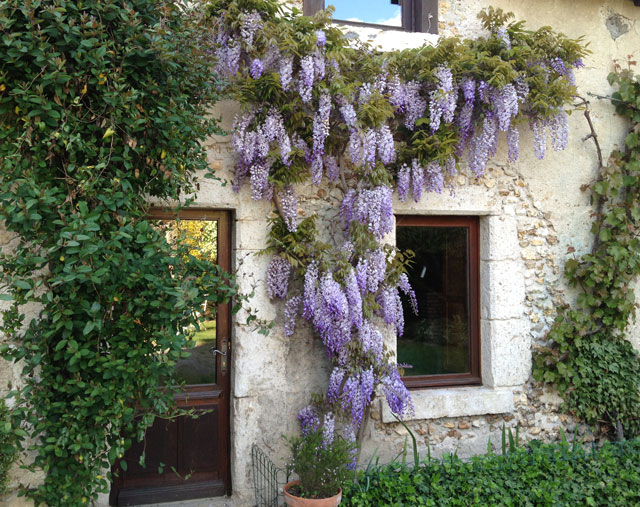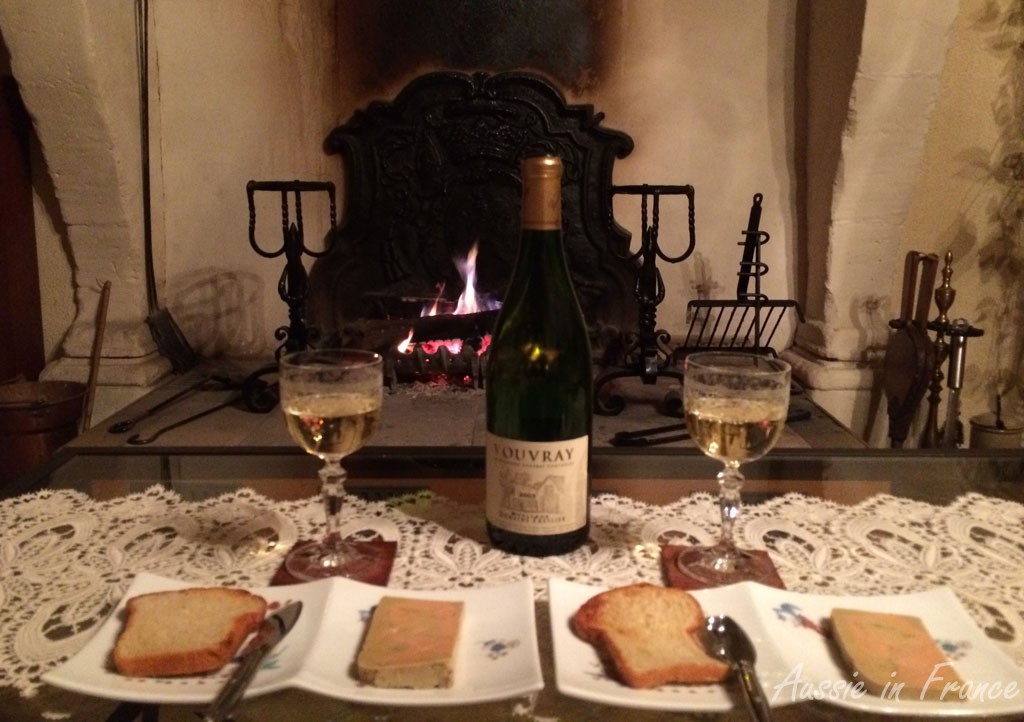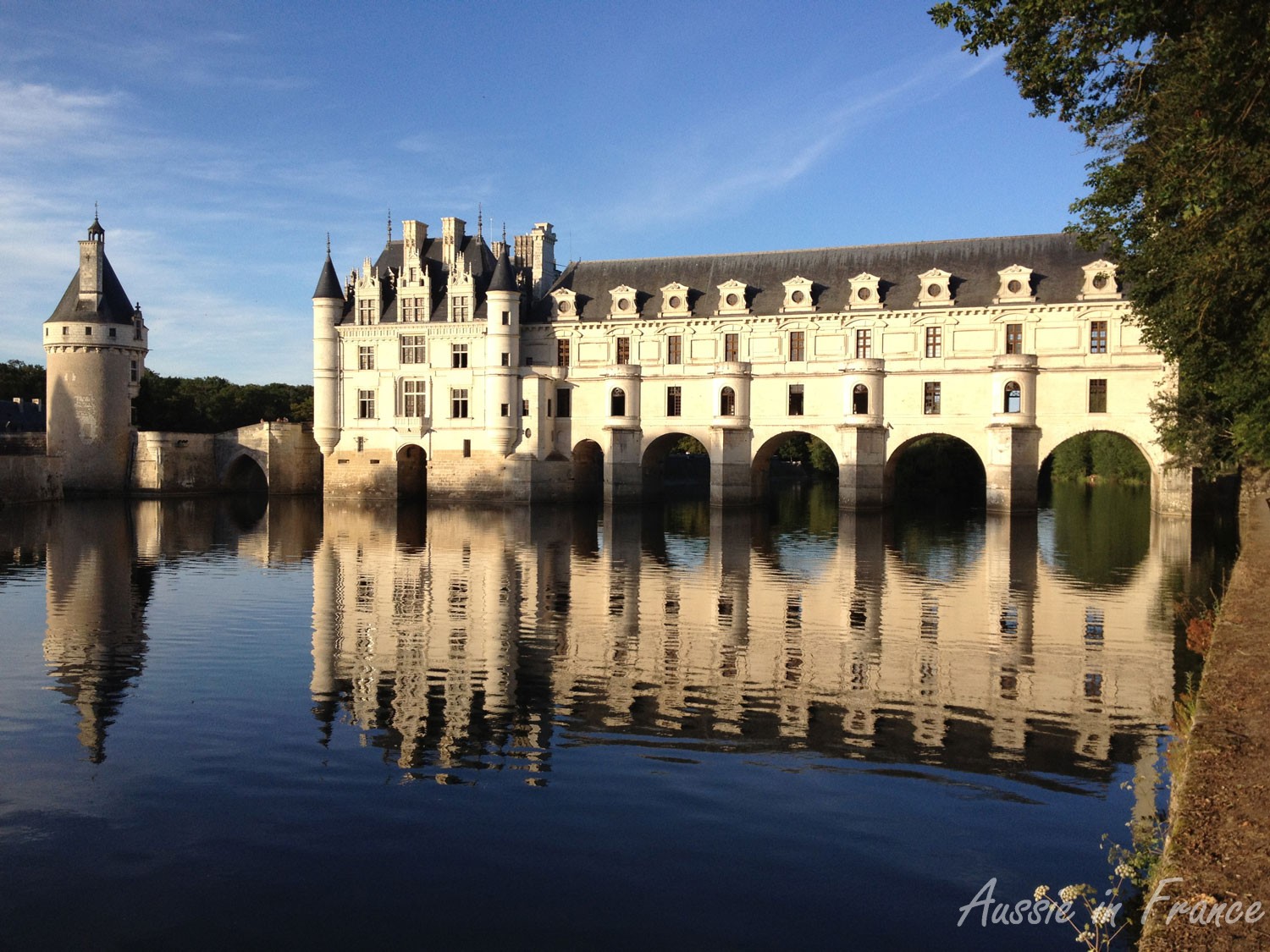And there you go – another year has just flipped by. Admittedly, we did spend a whole three months travelling – first to Australia and India in the winter, then to Italy, Austria and Germany on a cycling holiday in the summer, especially the Romantic Road, and finally New York and Boston in the autumn. As usual we are starting the year in front of the fire at Closerie Falaiseau but with below zero temperatures outside.
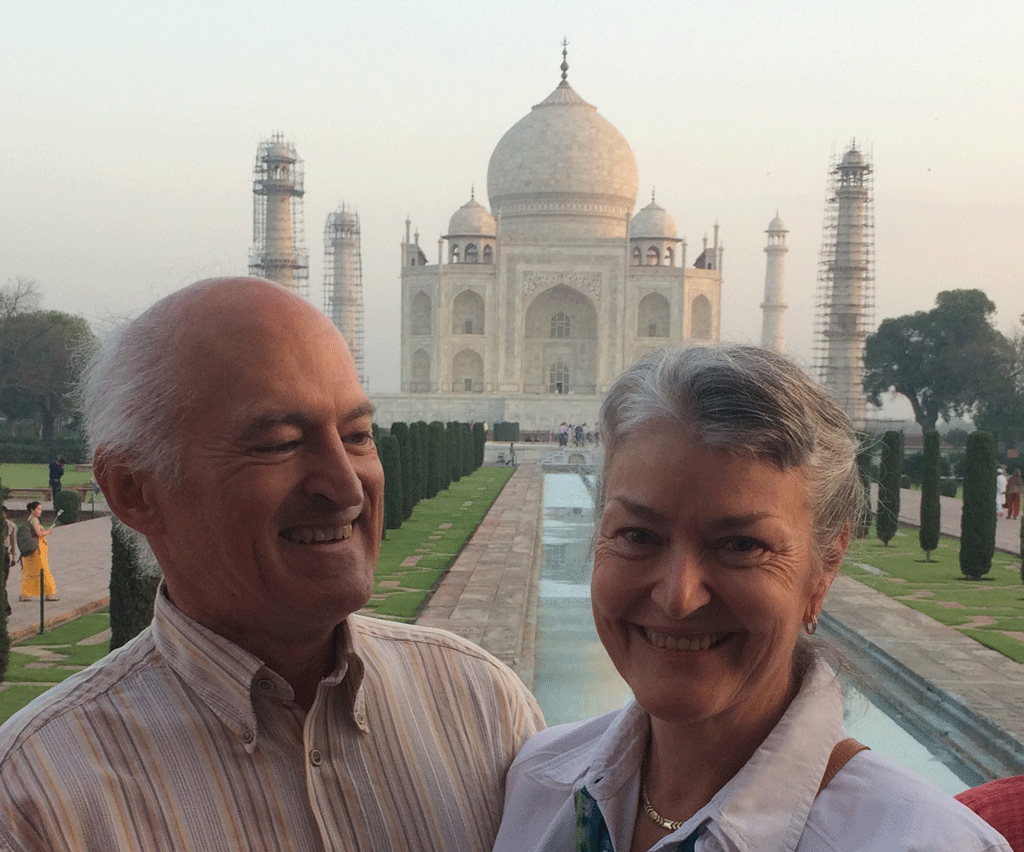
Jean Michel is halfway through installing an automatic watering system so we can create a mini-Giverny. However, everything is taking longer than it should and the cold weather has come too soon. The back garden is full of clay which makes digging trenches deep enough to stop the pipes freezing is a complicated busines. We’re hoping it will be ready to go by spring.
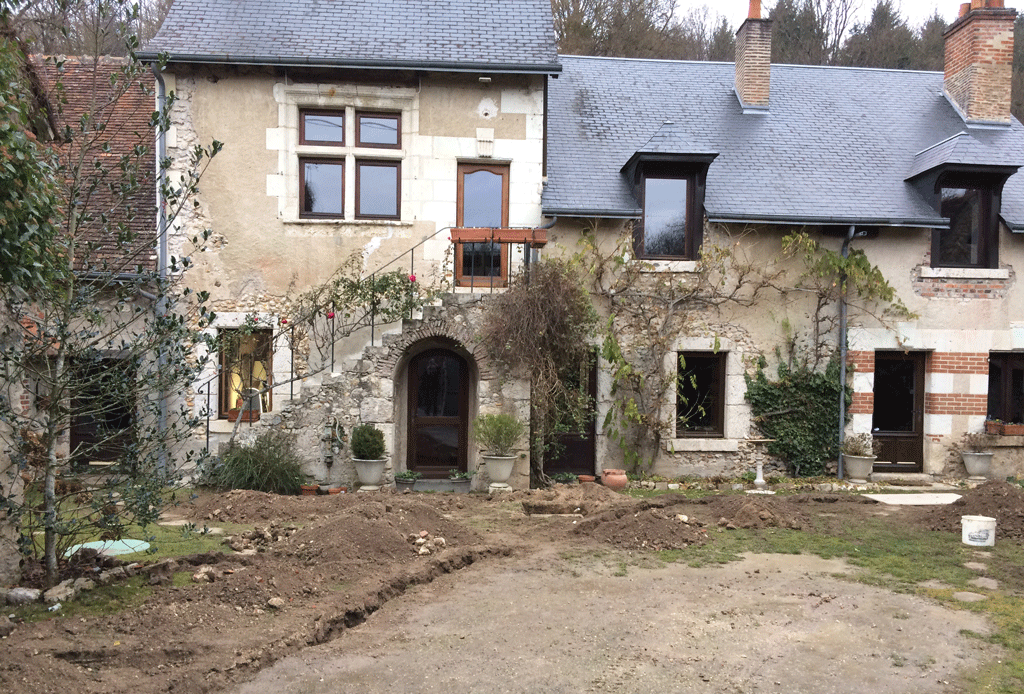
I have just bought a studio flat in the historical quarter of Blois to rent as holiday accommodation to overseas visitors. It’s wonderfully situated and there is even access to a little garden to relax in after an exhausting day visiting the Loire Valley châteaux. Another project to keep us busy!

Our travel plans this year are a week in Cyprus in the spring (any suggestions about accommodation and places to see are very welcome), our usual month’s cycling in June (the destination will depend on the weather) and hopefully a week in Istanbul in the autumn (provided things have quietened down by then and our home exchange still exists).
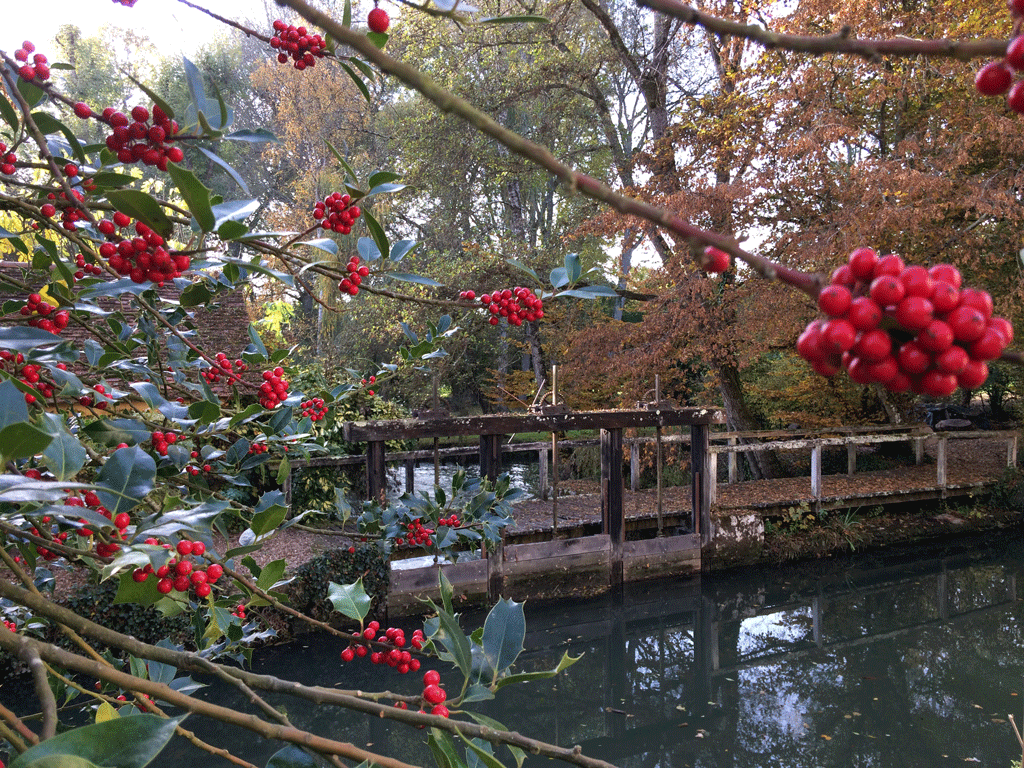
The world situation is not very inspiring at the present but we believe the best remedy is to remain positive and enjoy life to the fullest. We are lucky enough to live in a beautiful region that is a constant source of discovery by bike or on foot.
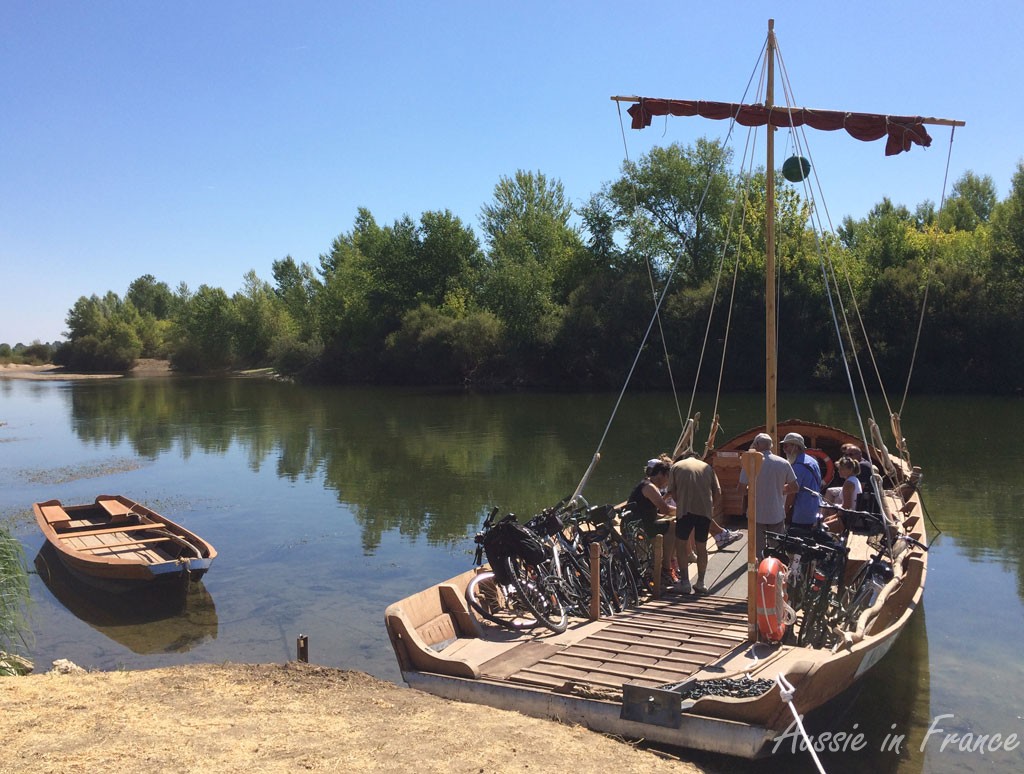
On the professional front, as well as being a sworn translator for the Blois Tribunal de Grande Instance, I am now an expect sworn translator for the Orléans Court of Appeal. I’m still freelancing as a legal and technical translator full time, with another two and a half years to go before retirement. Unfortunately, it doesn’t seem to leave me much time to do much apart from cycling, gardening and travelling which explains why I don’t blog a lot these days.
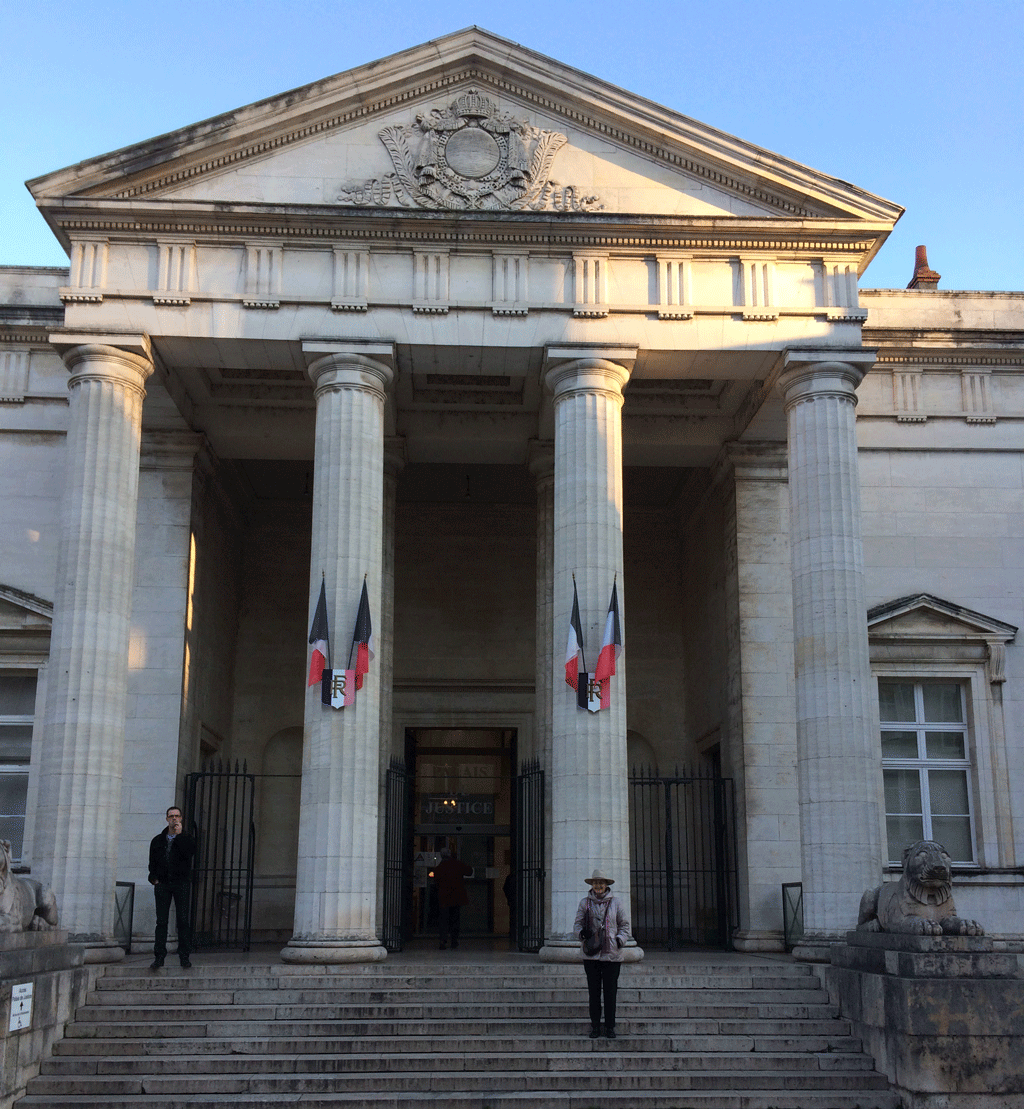
My second blog, Loire Daily Photo, gets a bit more attention because it only takes about 10 minutes a day to post a photo and a short text in French and English. It also continues to get me out and about on days when I might tend to stay inside too much.
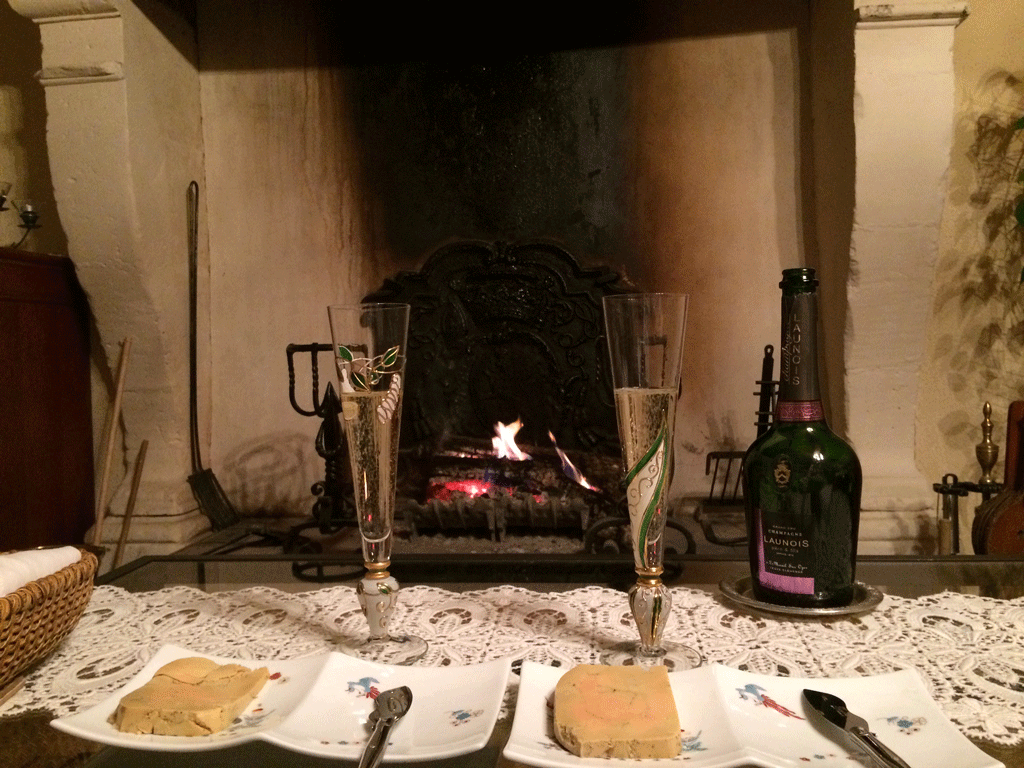
We are continuing our intermittent fasting twice a week and it is very much a part of our normal routine. With our homemade foie gras on the menu every evening from Christmas to New Year, our fast days brought welcome respite! We certainly feel it helps our general state of health.
We have definitely shelved our “little house” project and have received our demolition permit. Now we just have to move every thing out of it that we have been storing since we bought Closerie Falaiseau. But the second barn needs to be fixed up first :). A lot of things will be going to the next garage sale.
In the meantime, I’d like to wish all my readers a very happy and fulfilling 2017. Thank you for following me and sharing through your comments.

